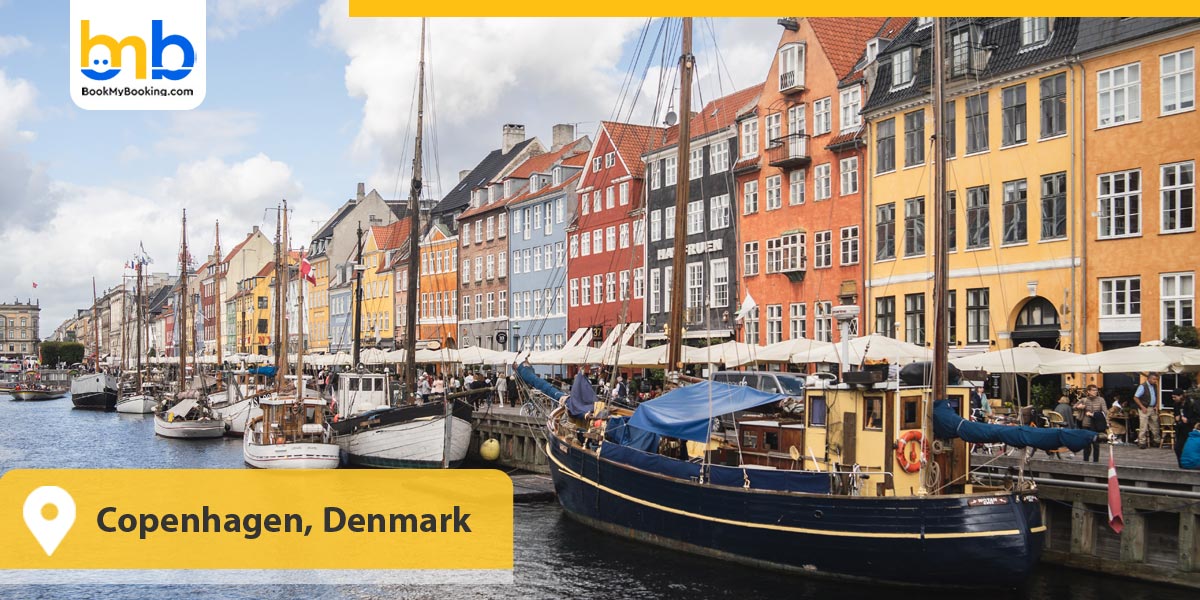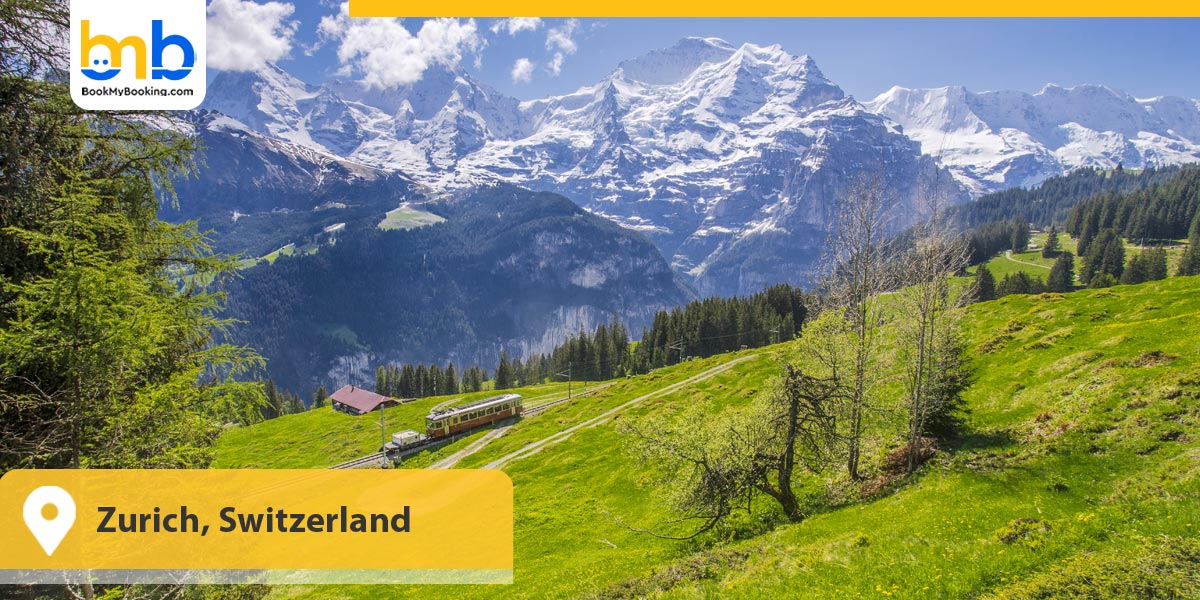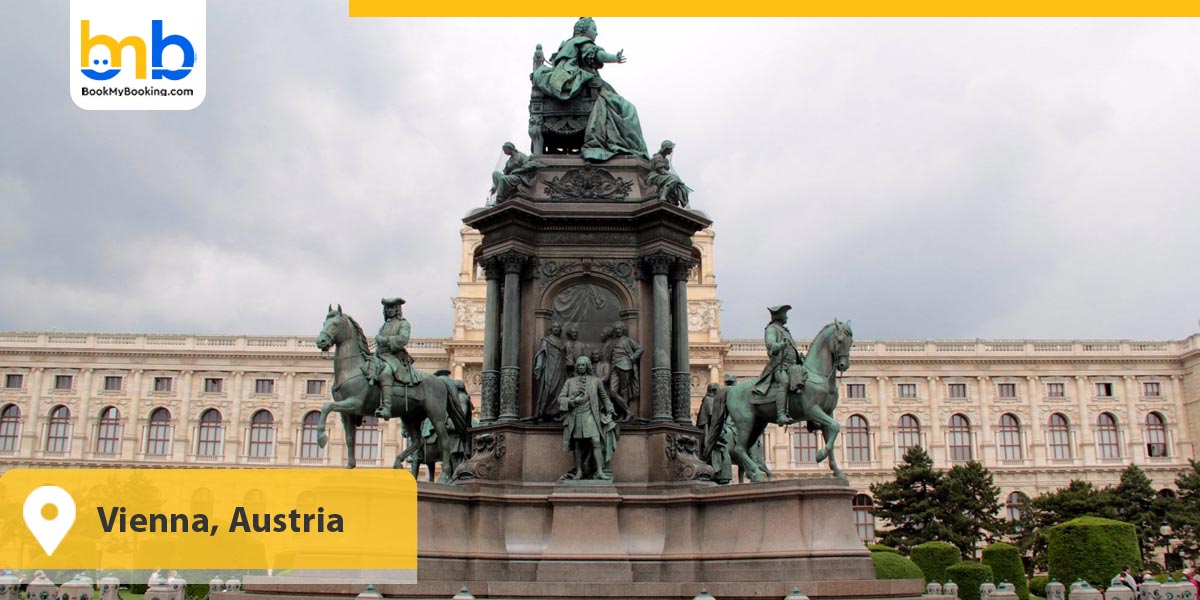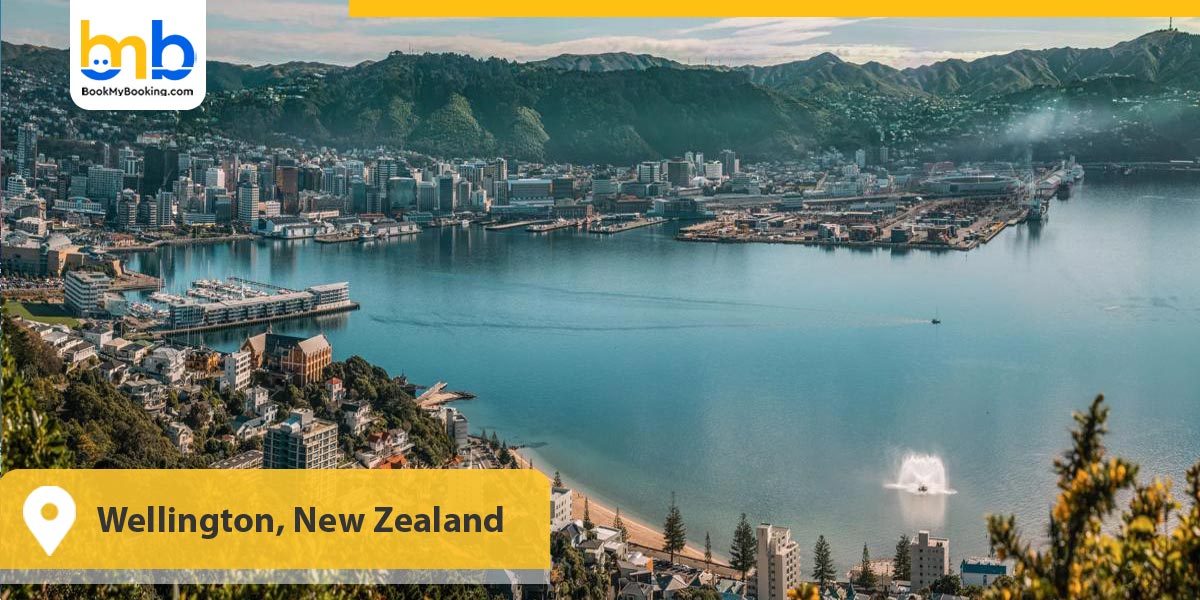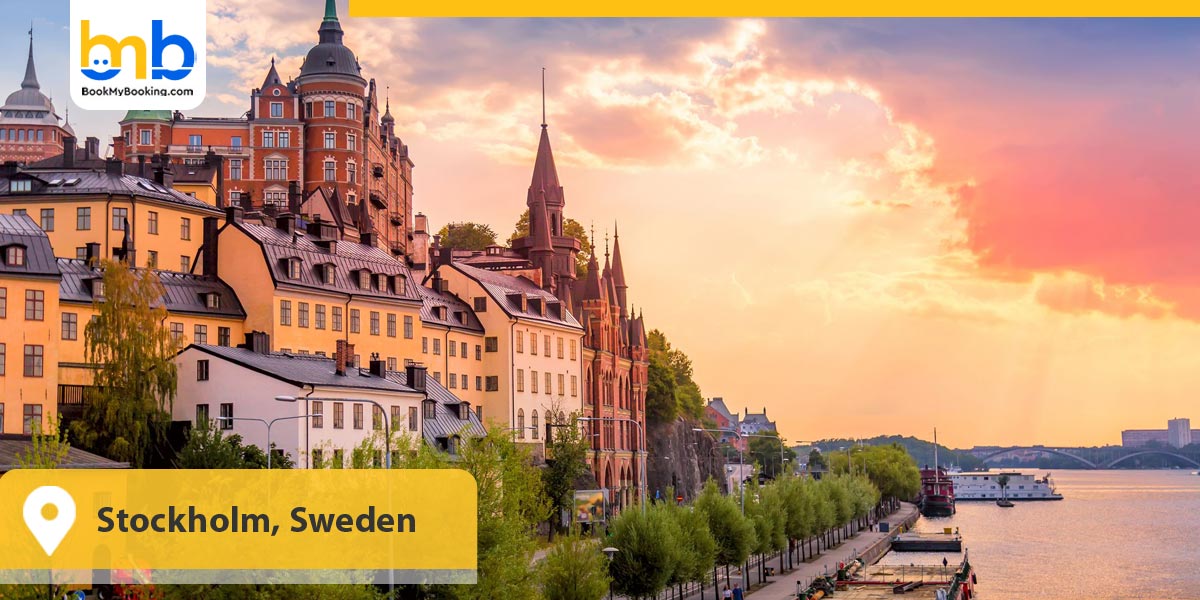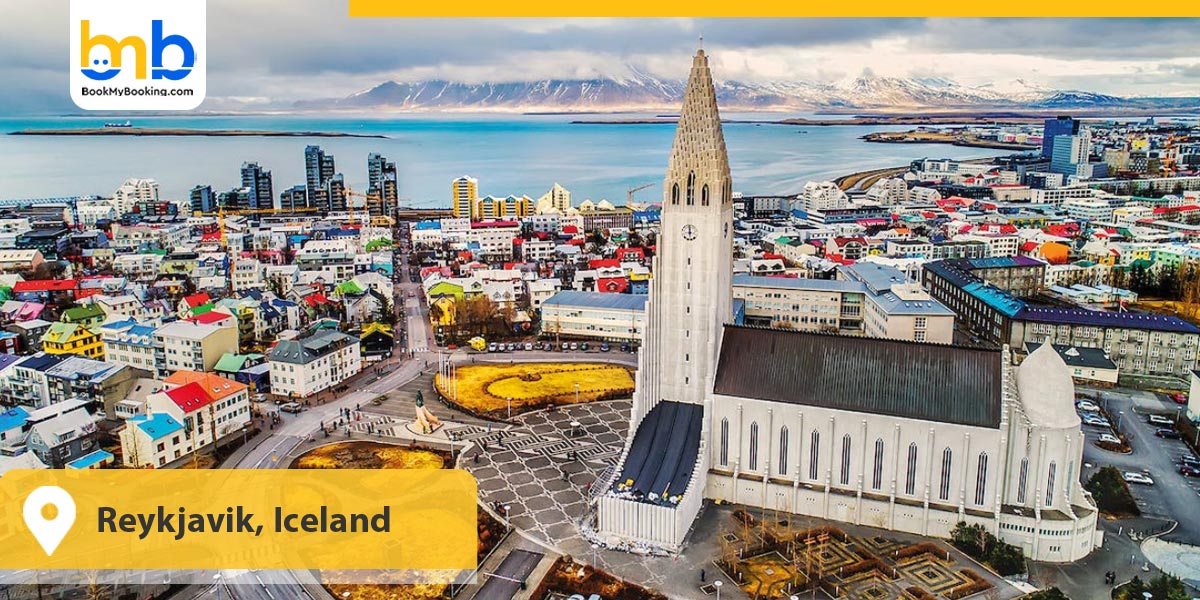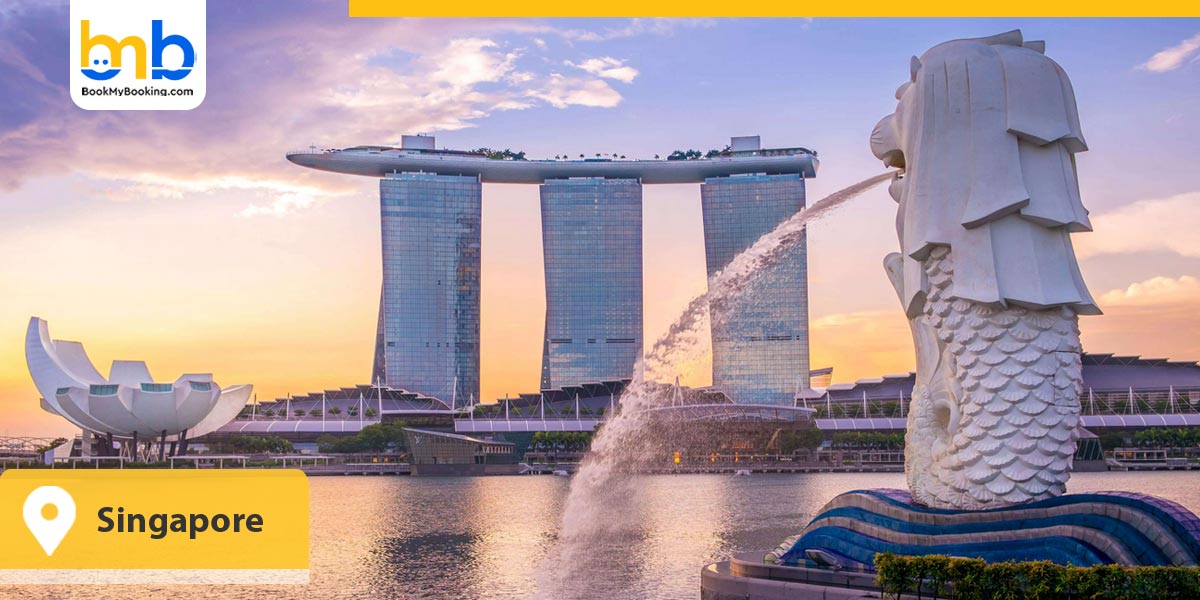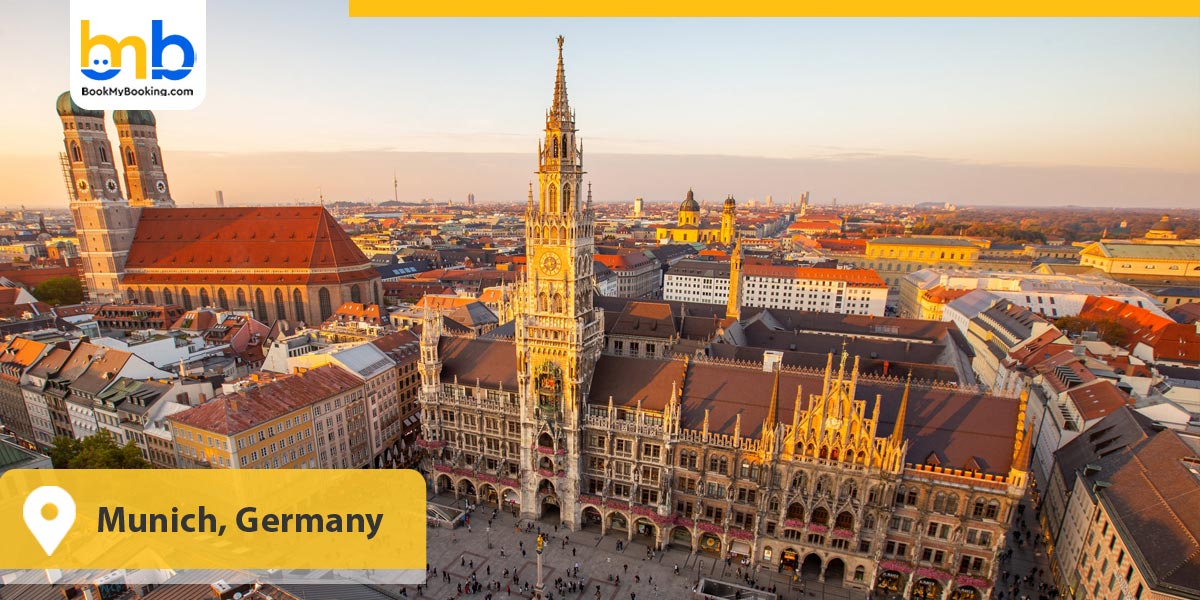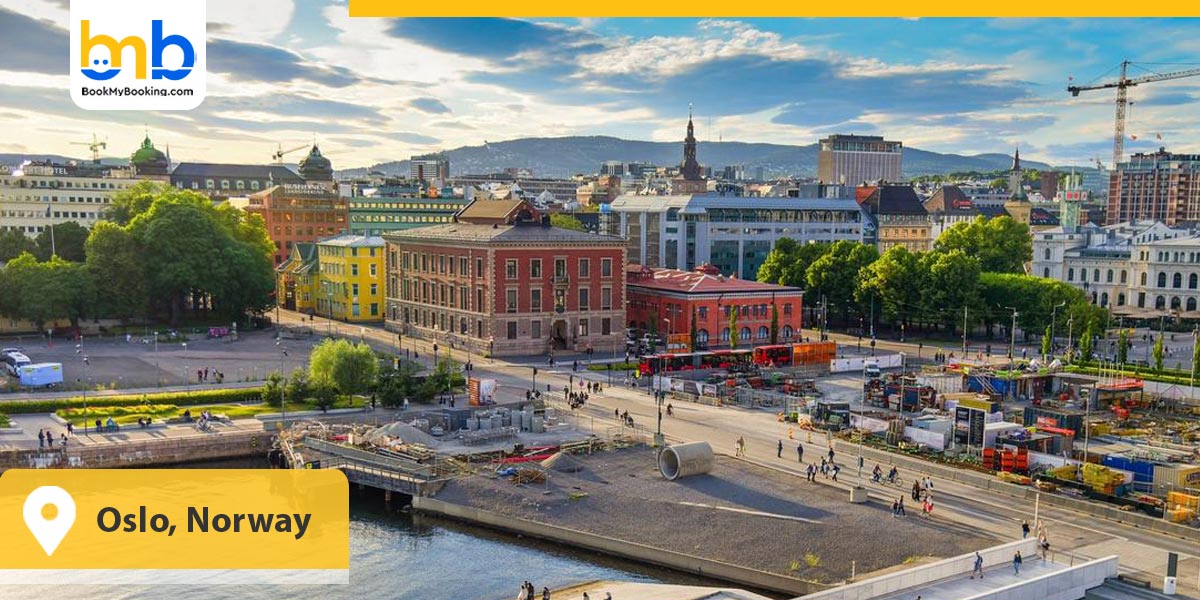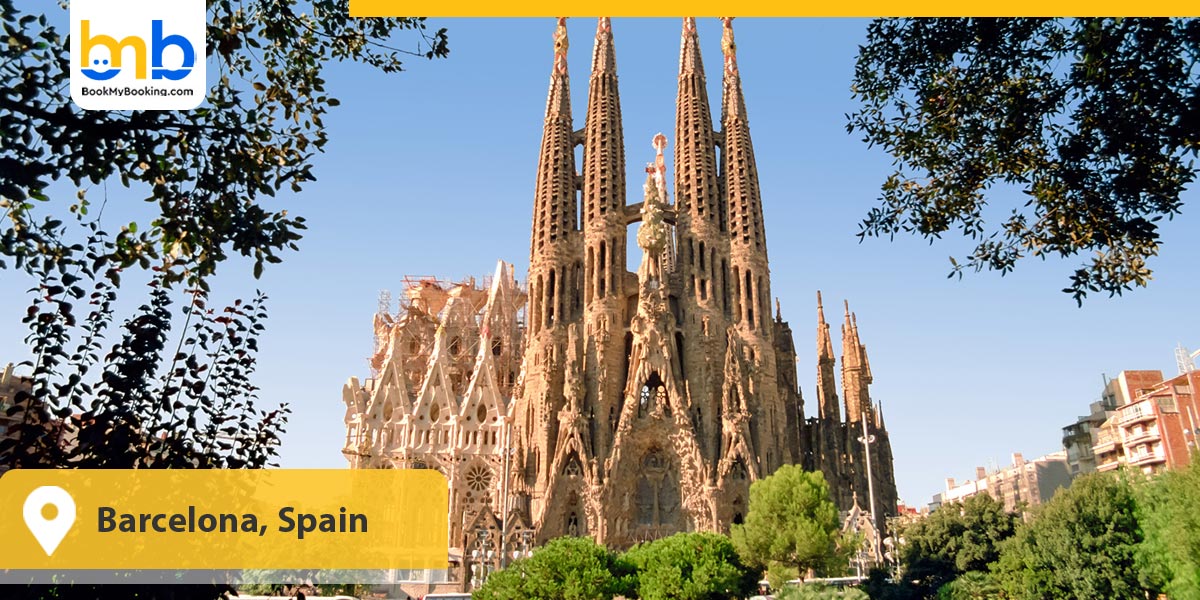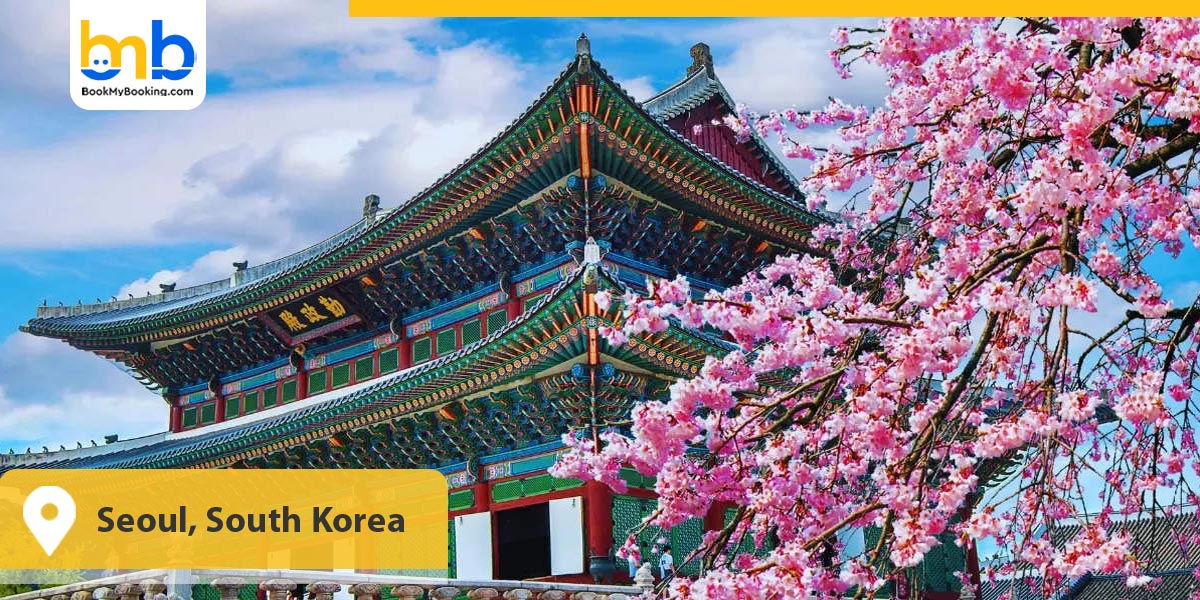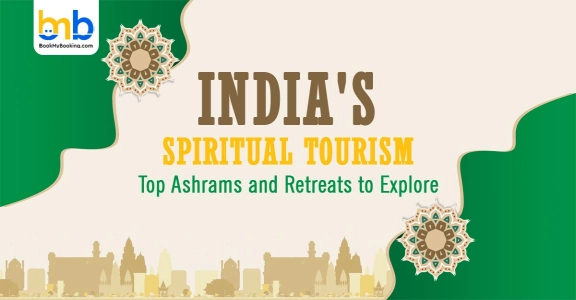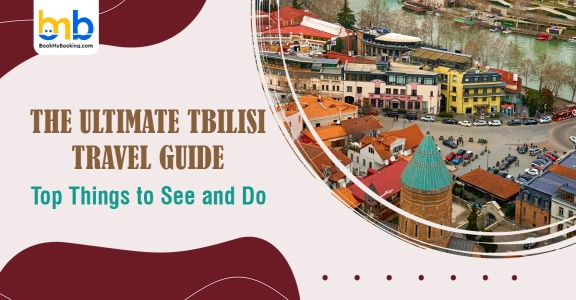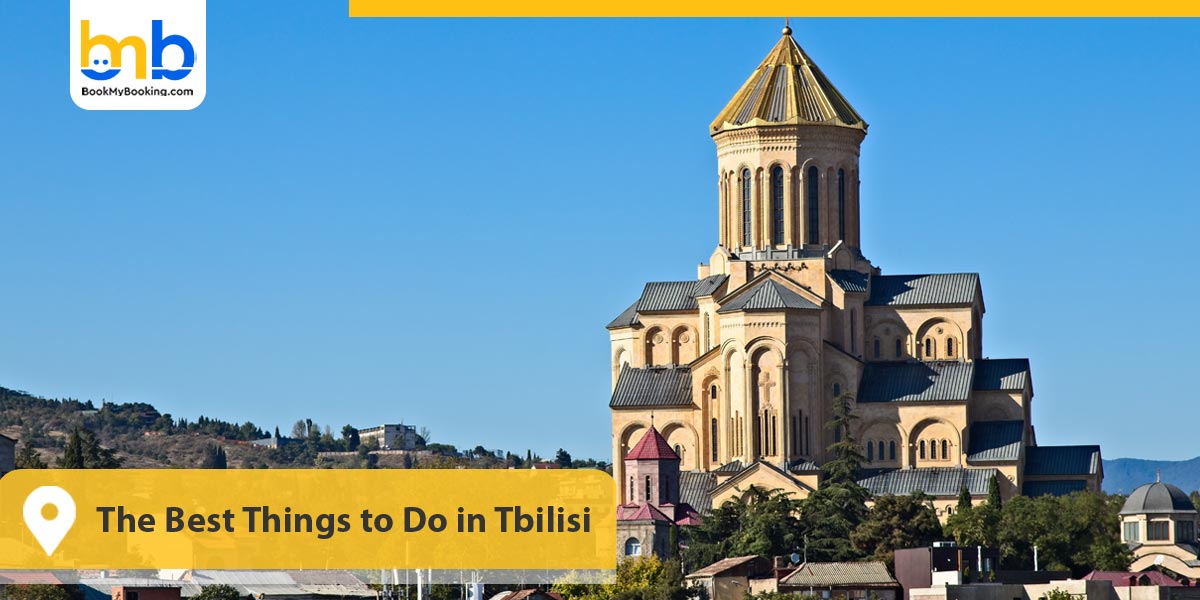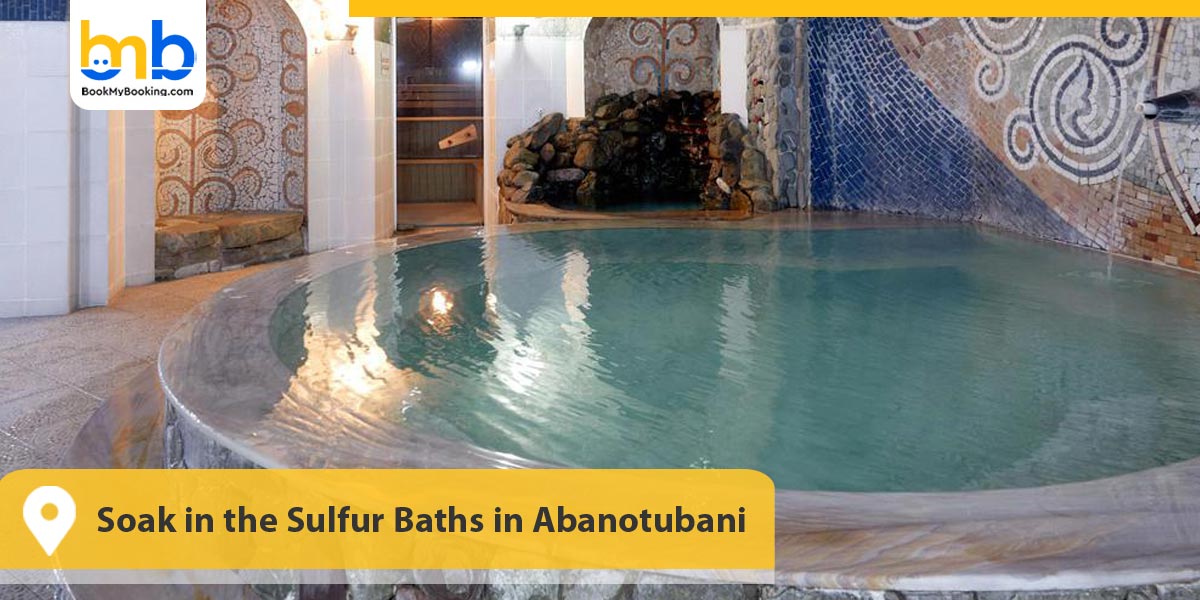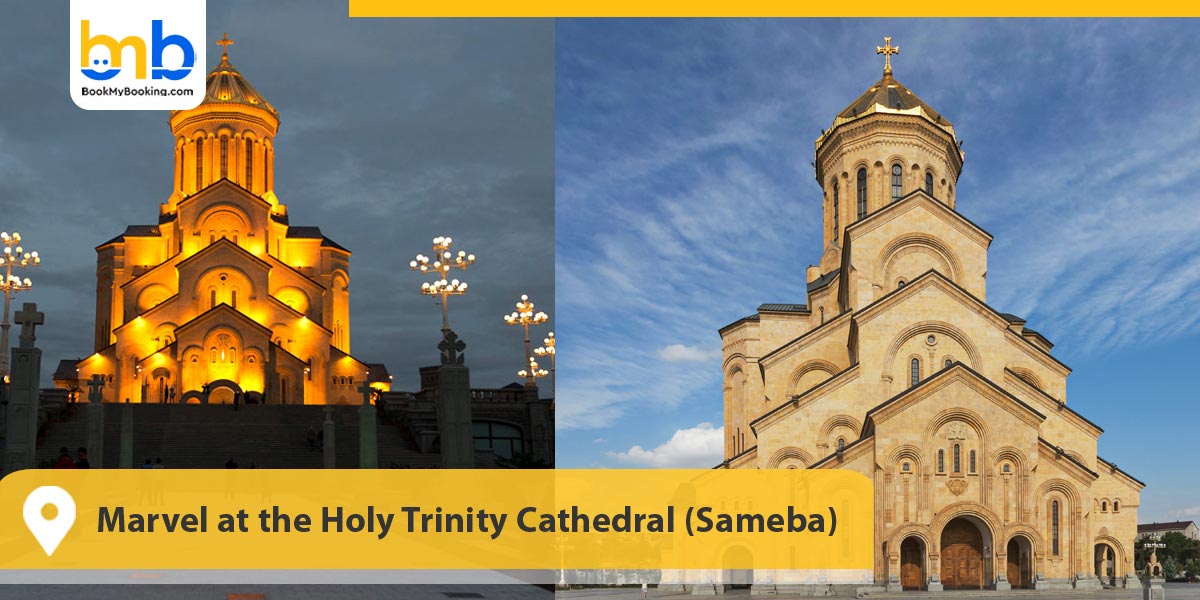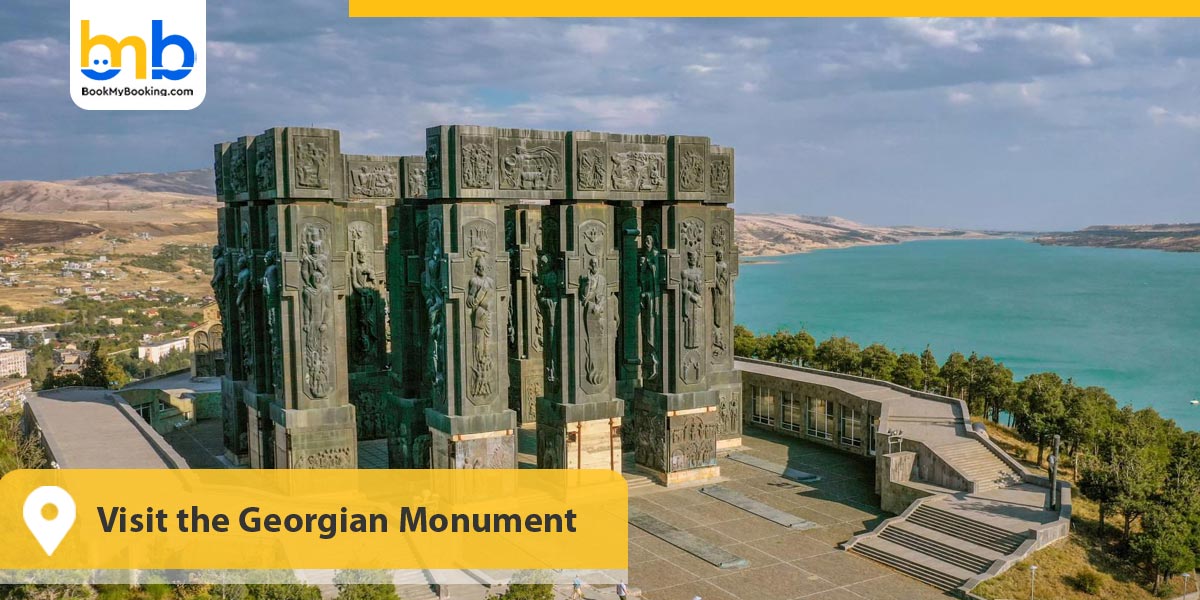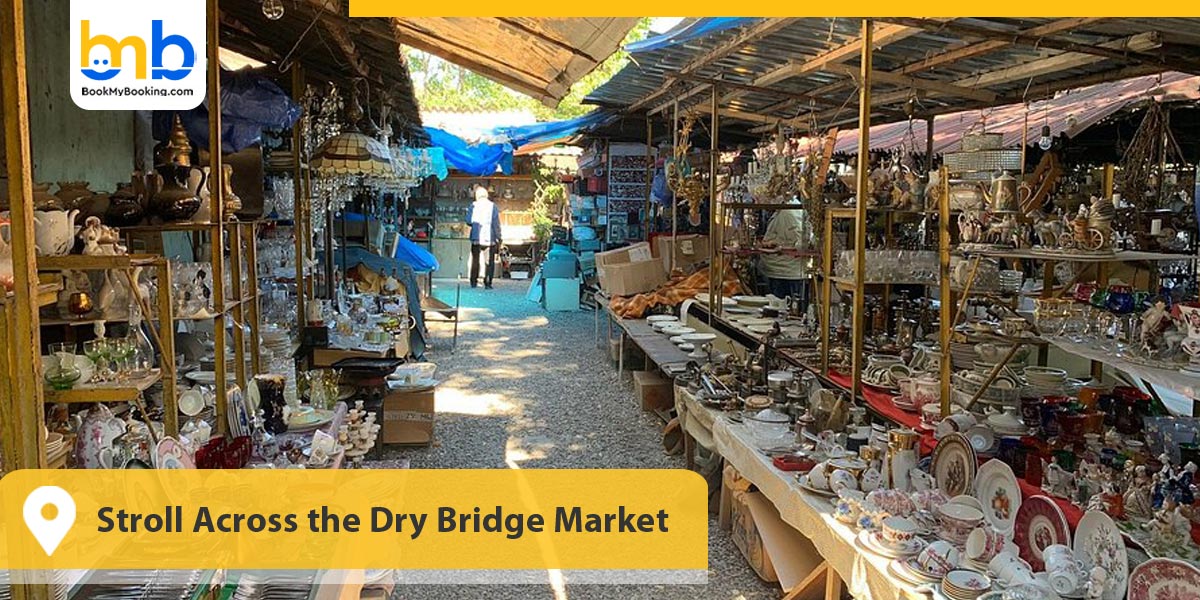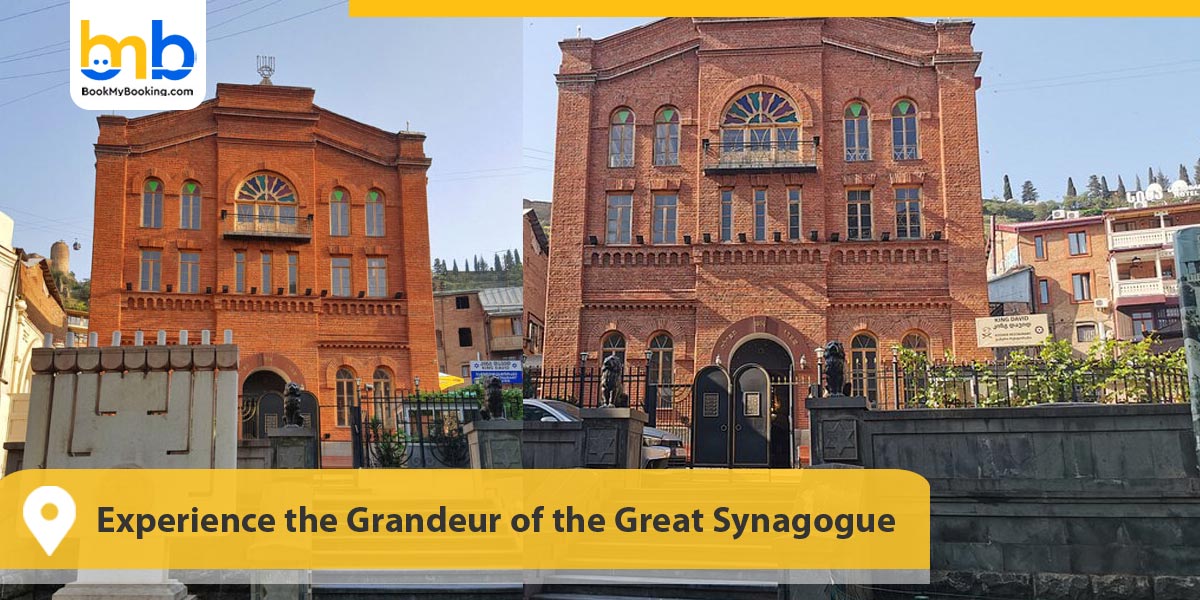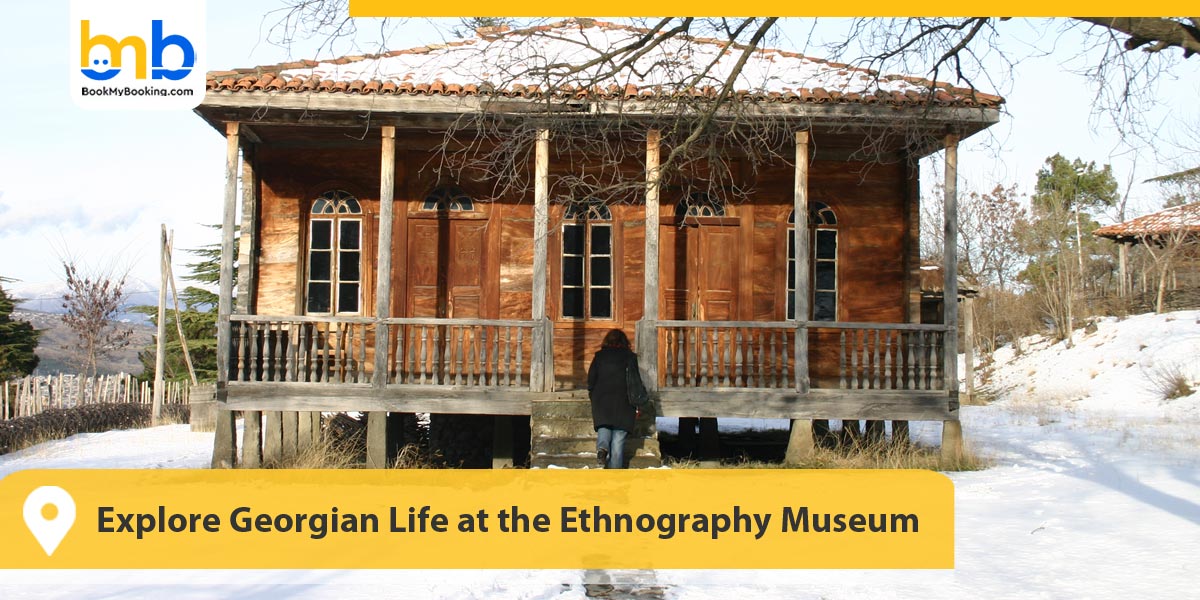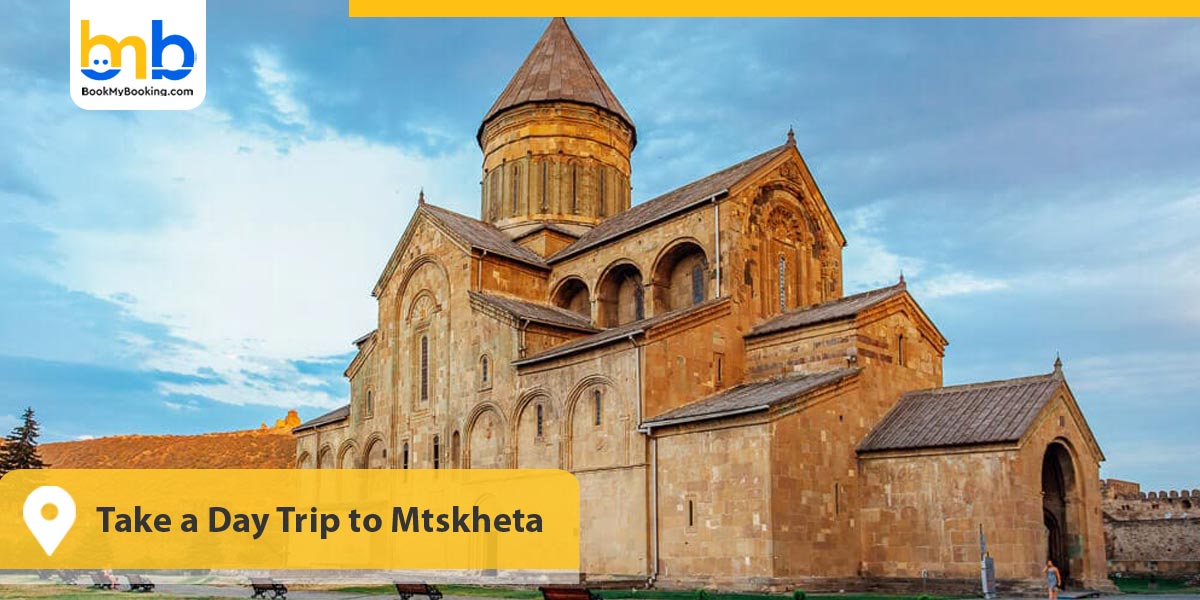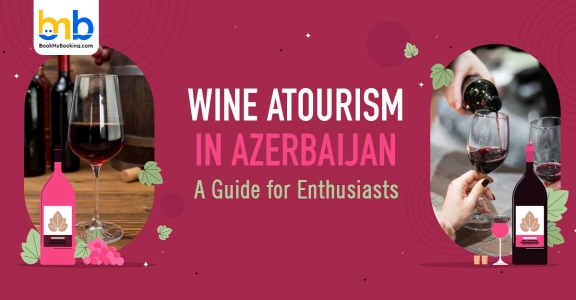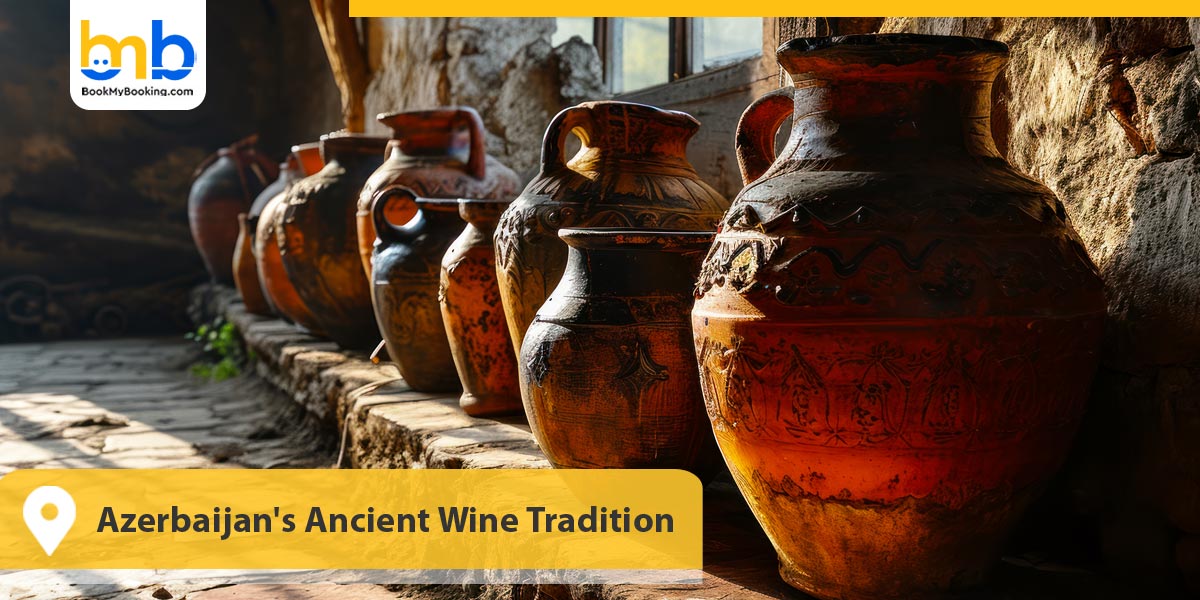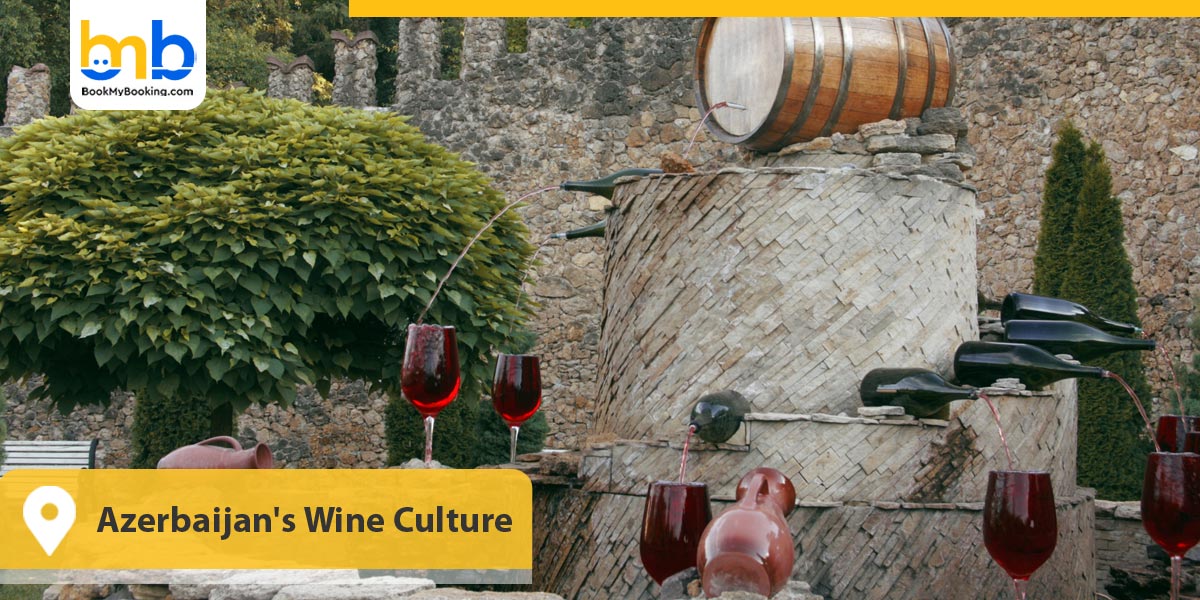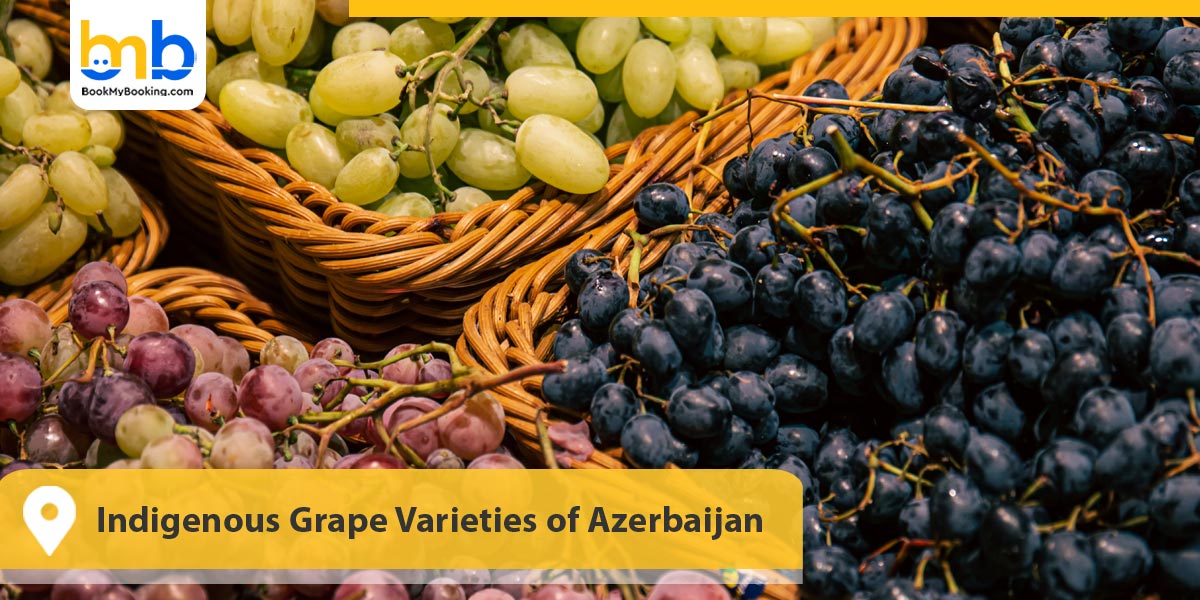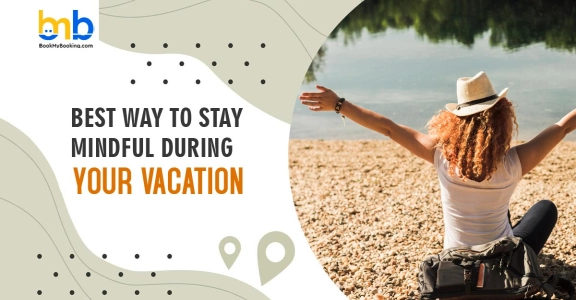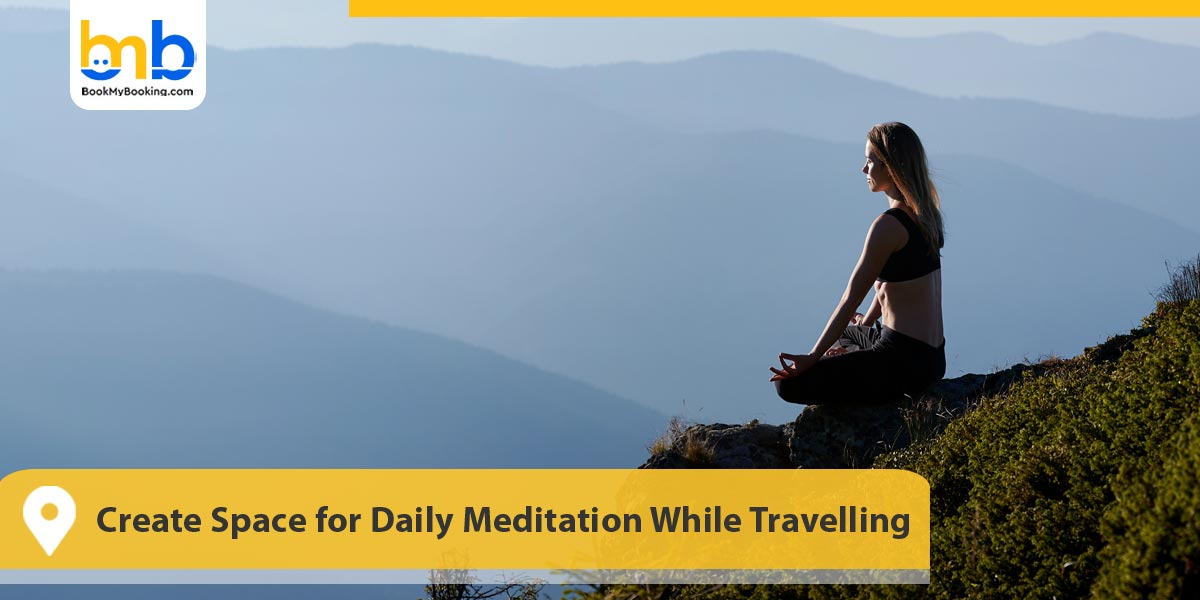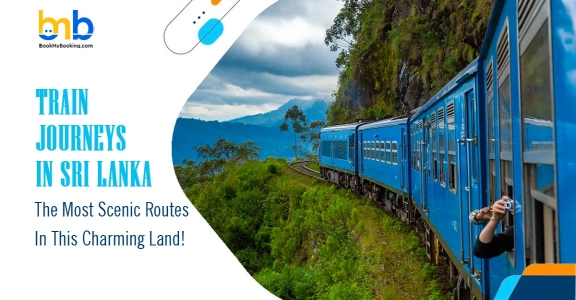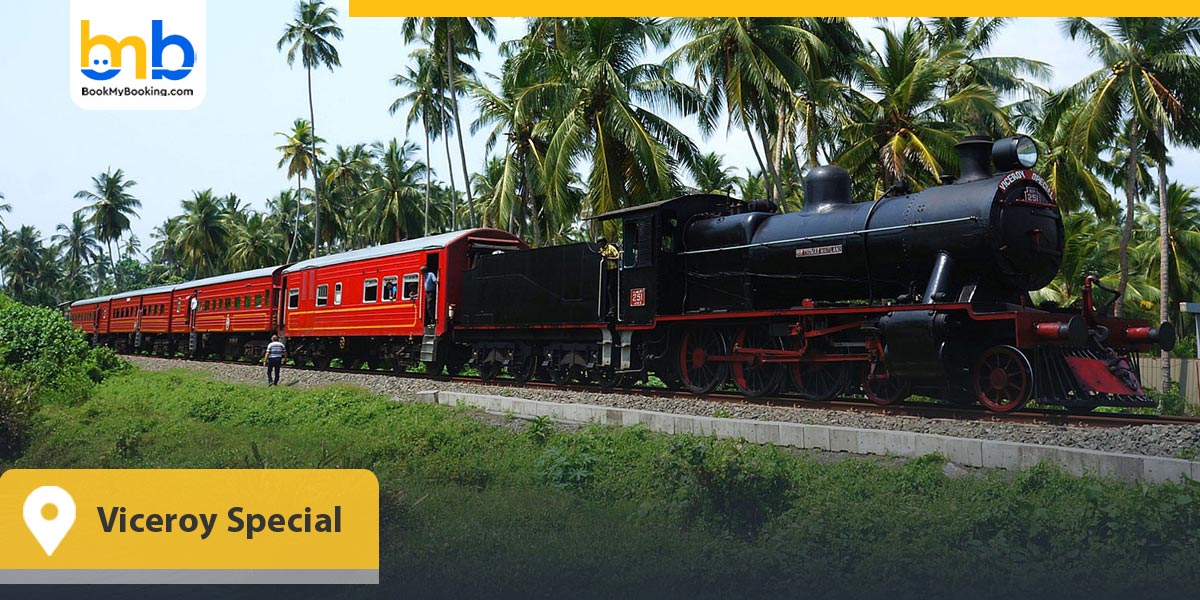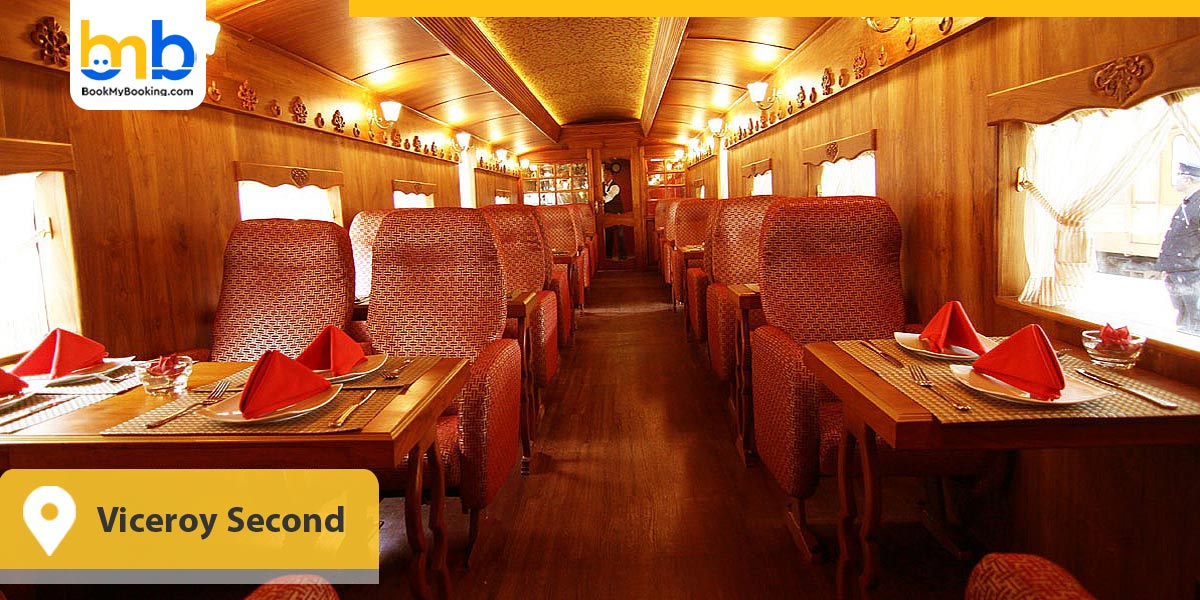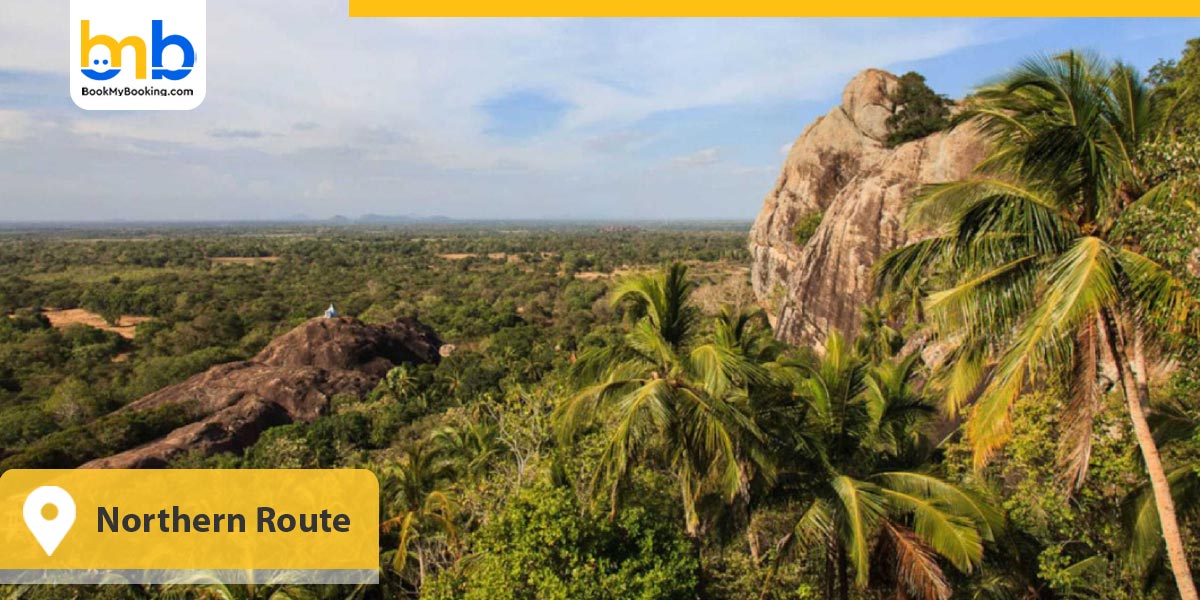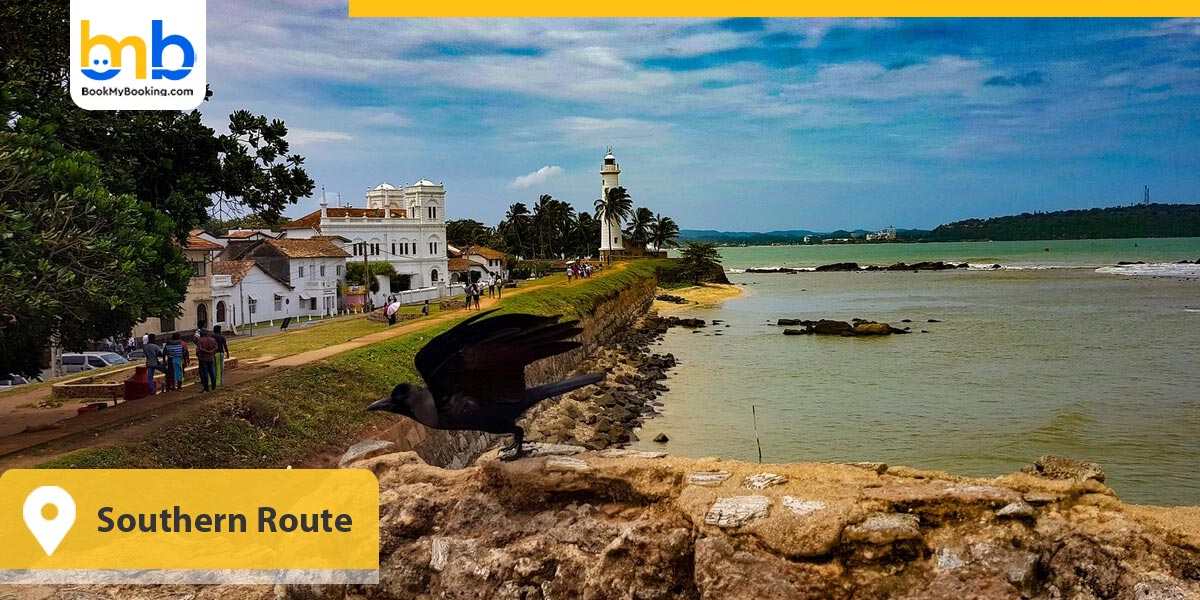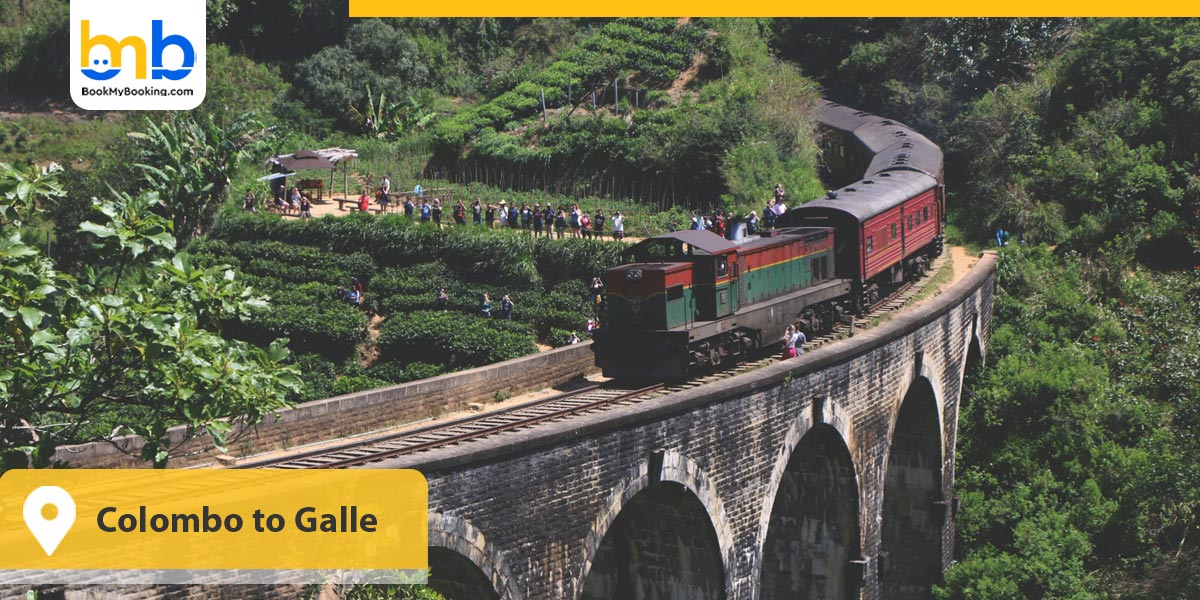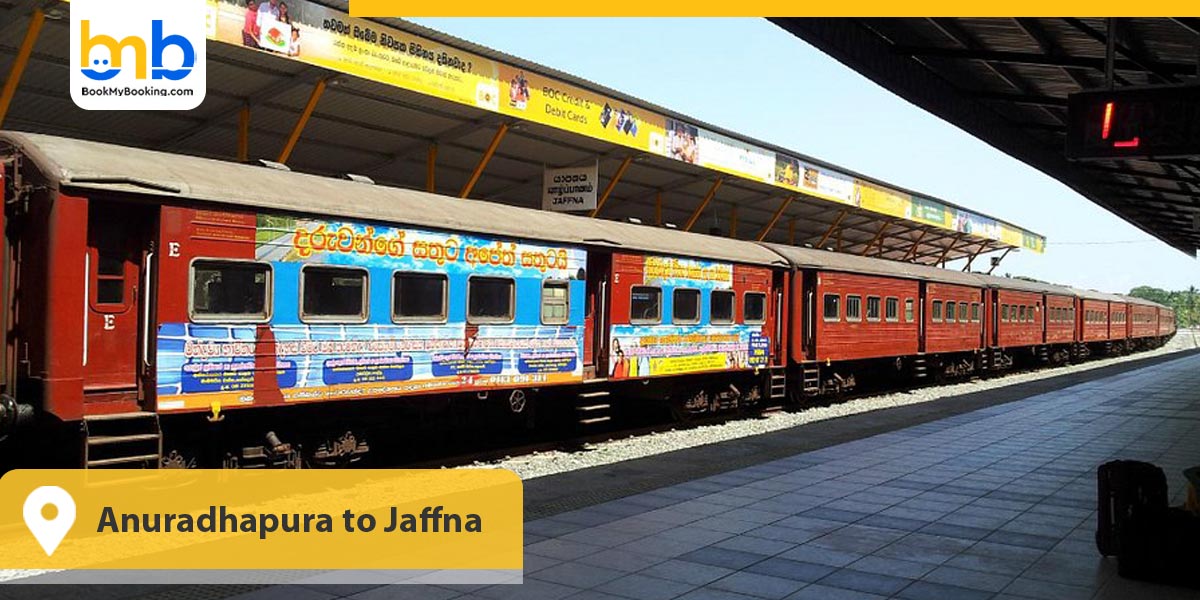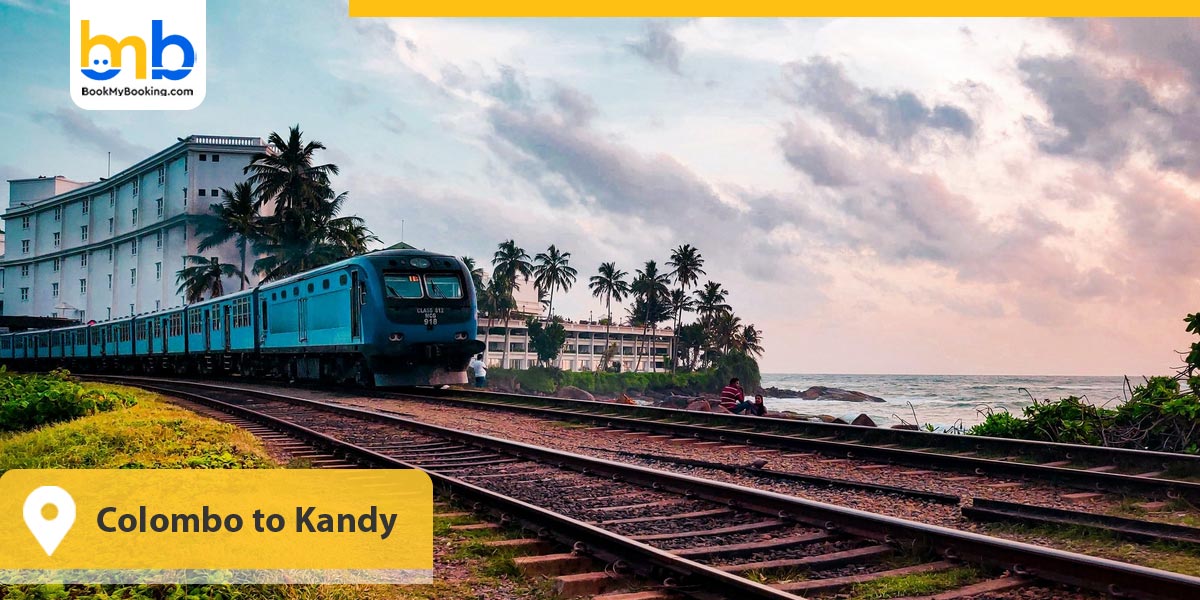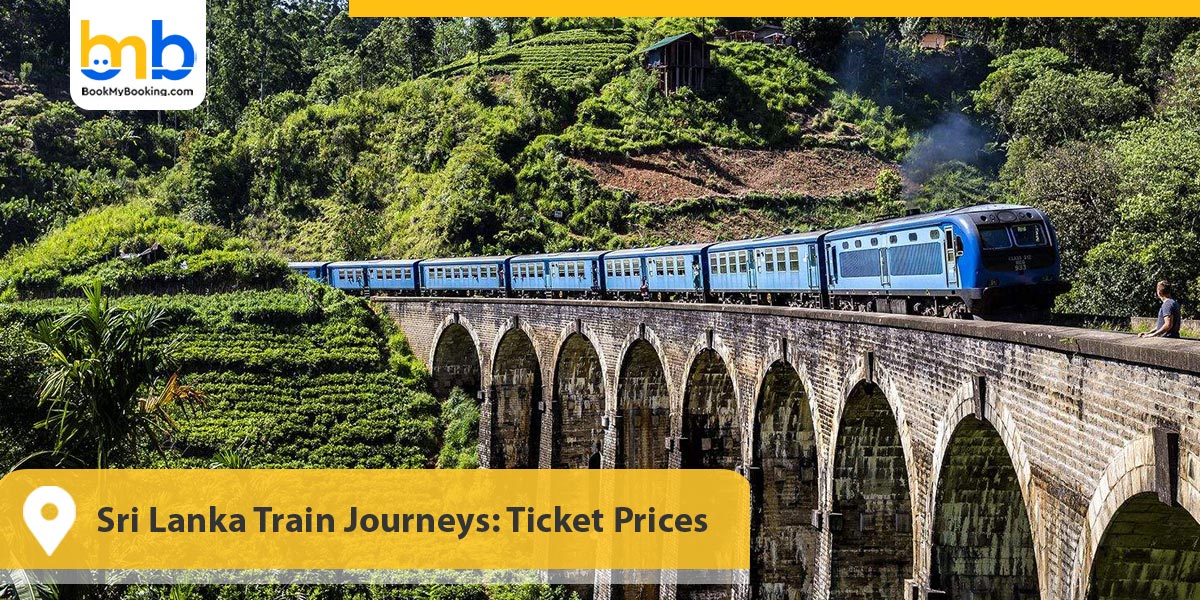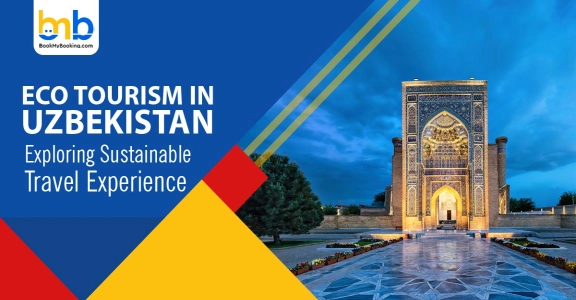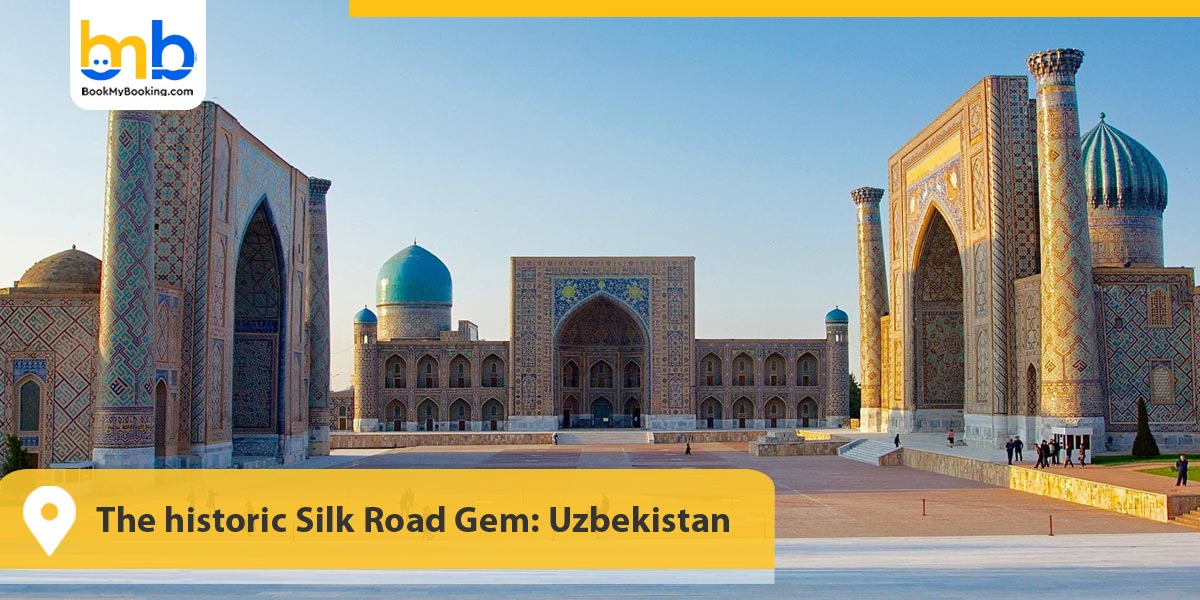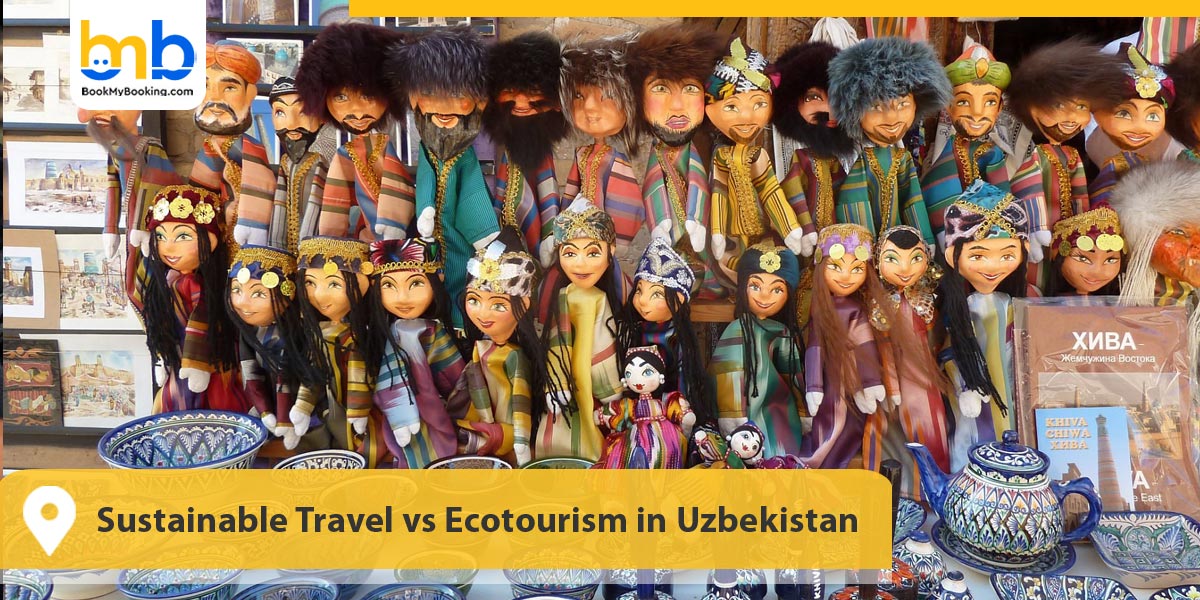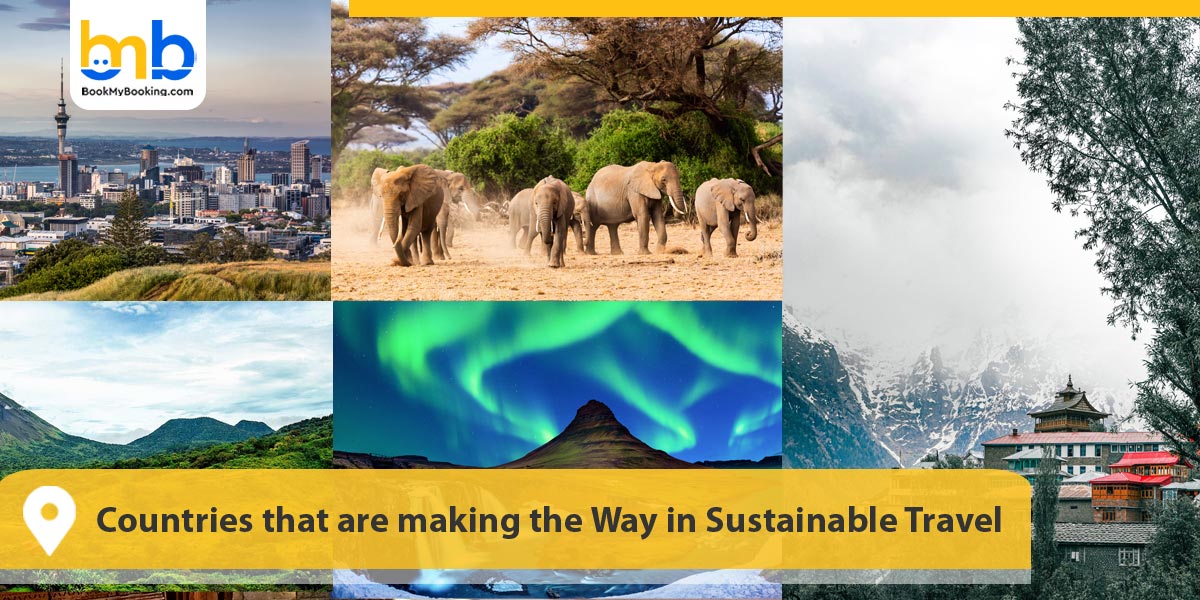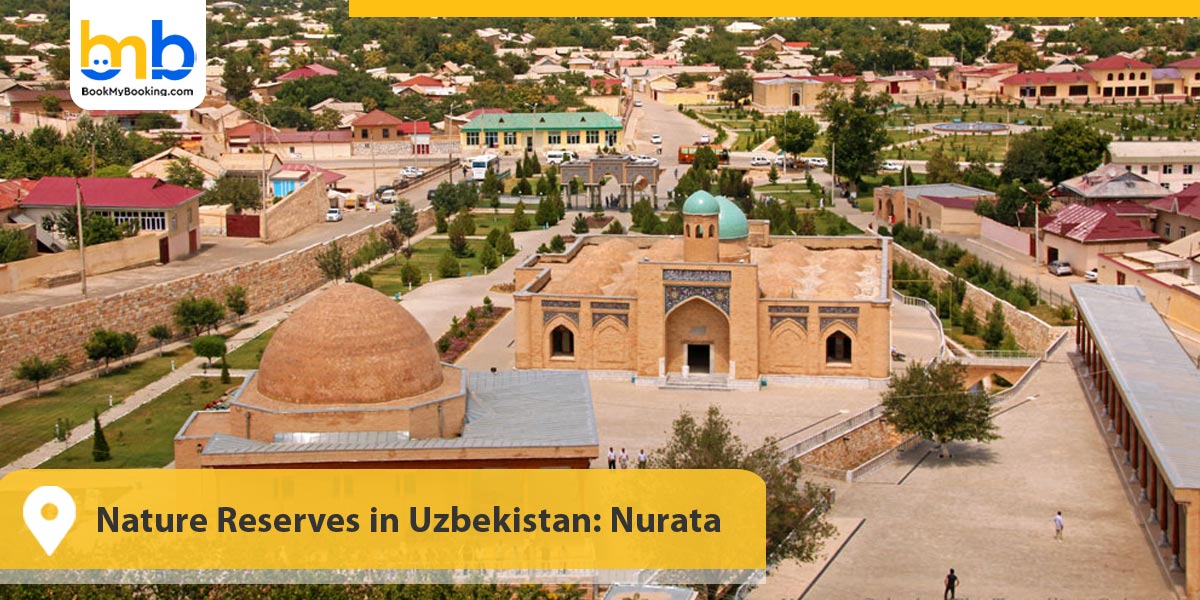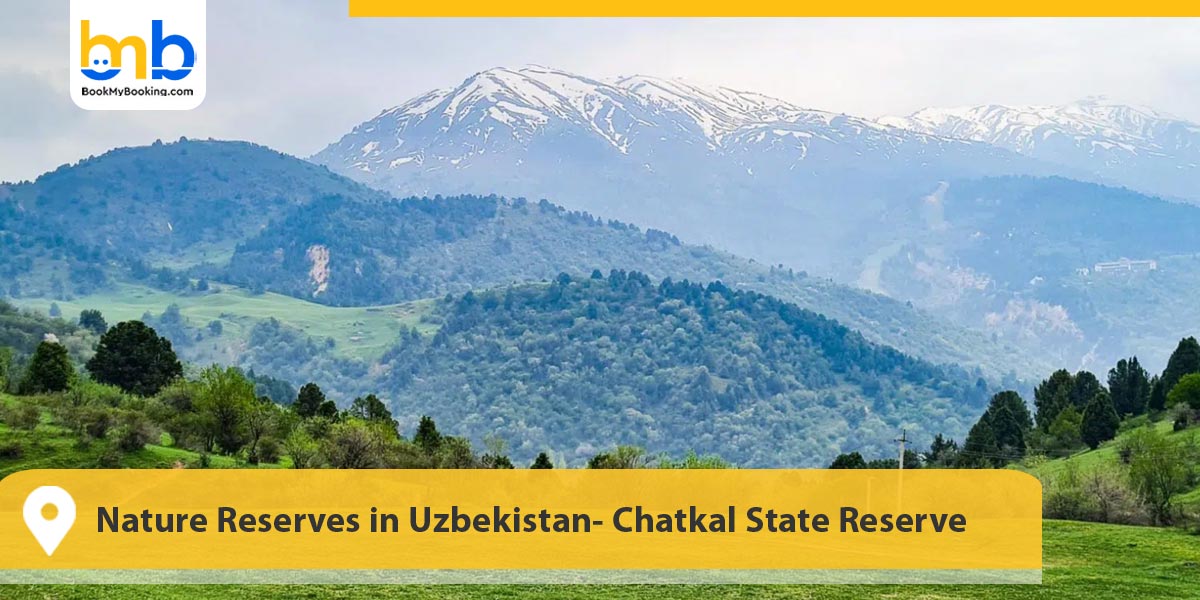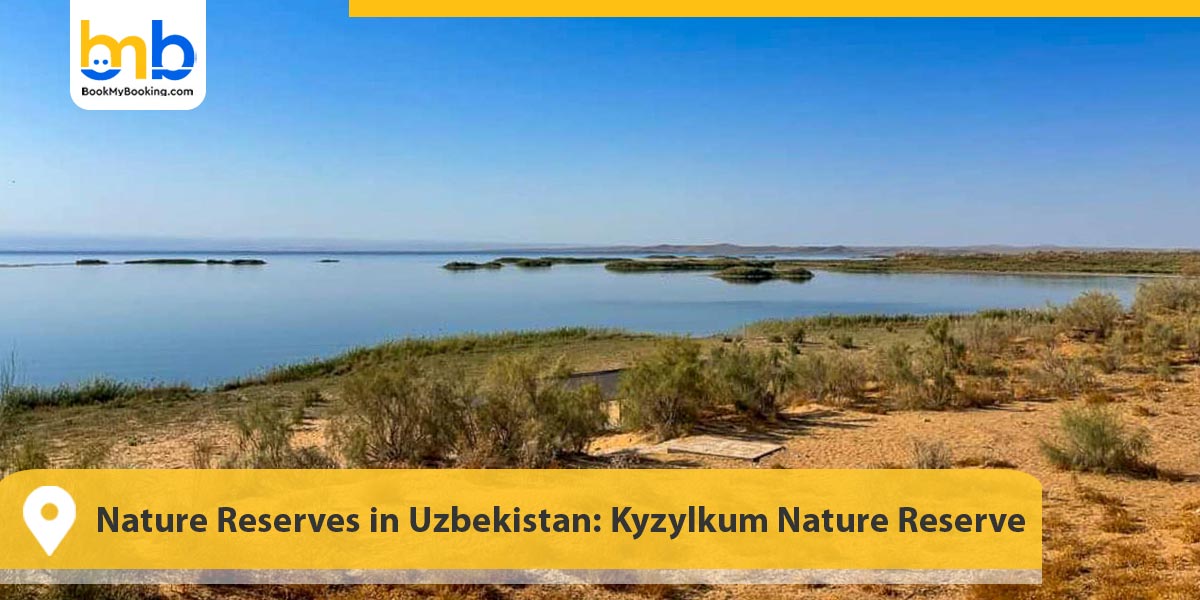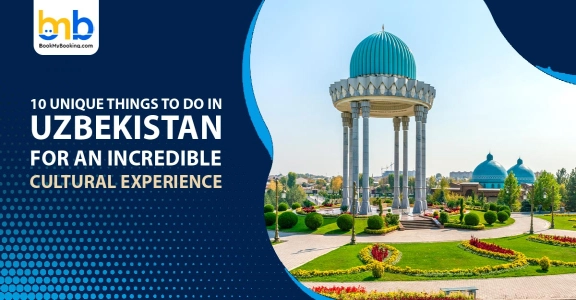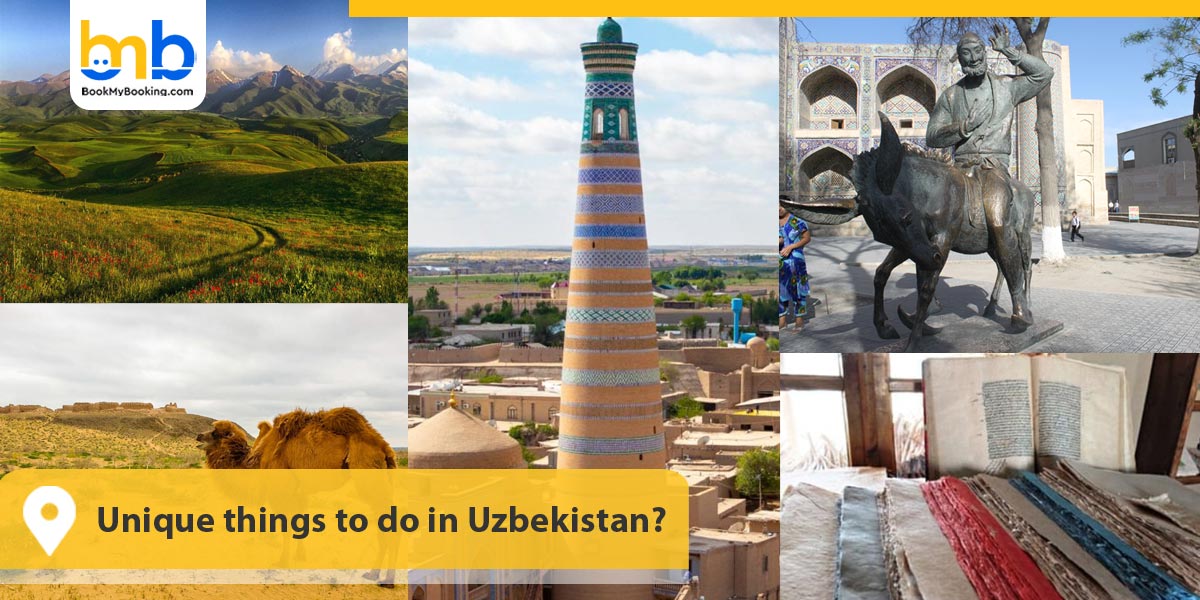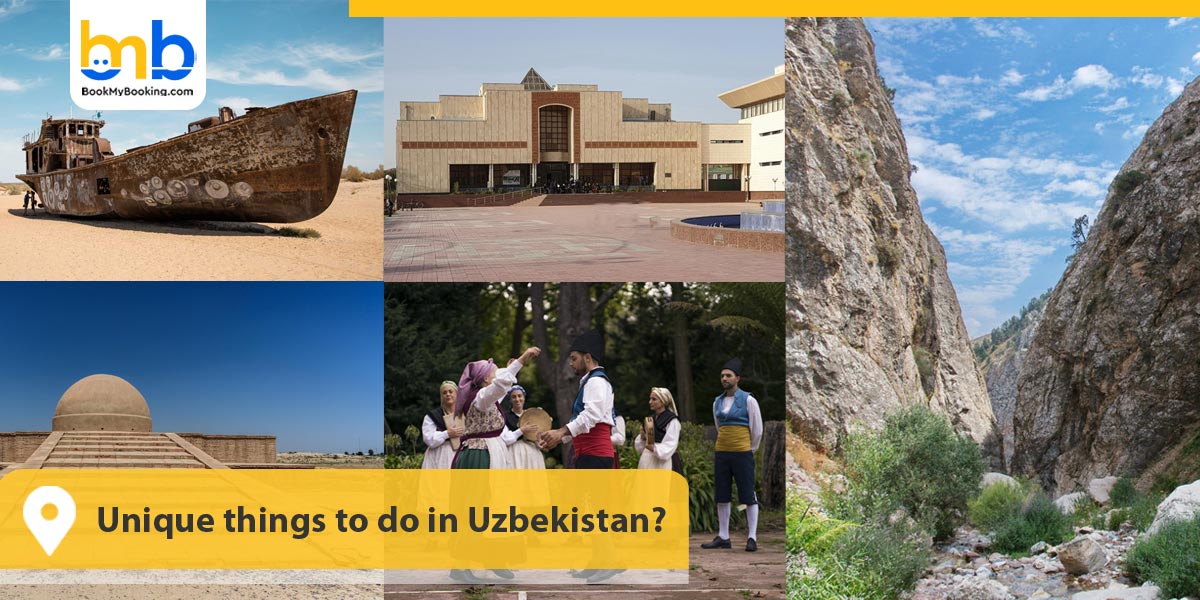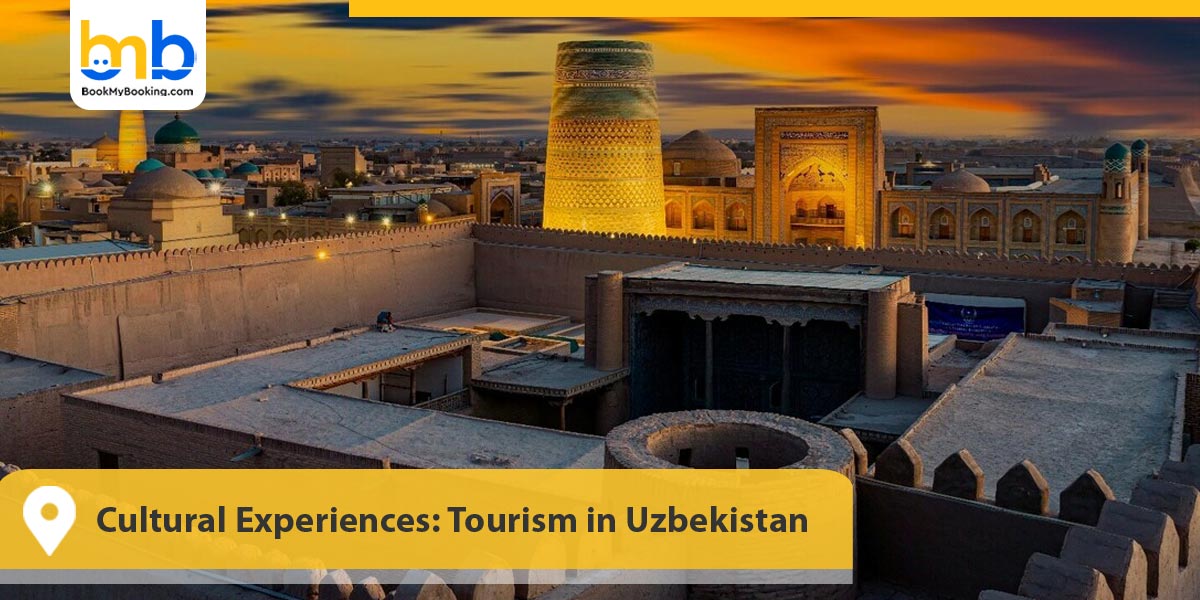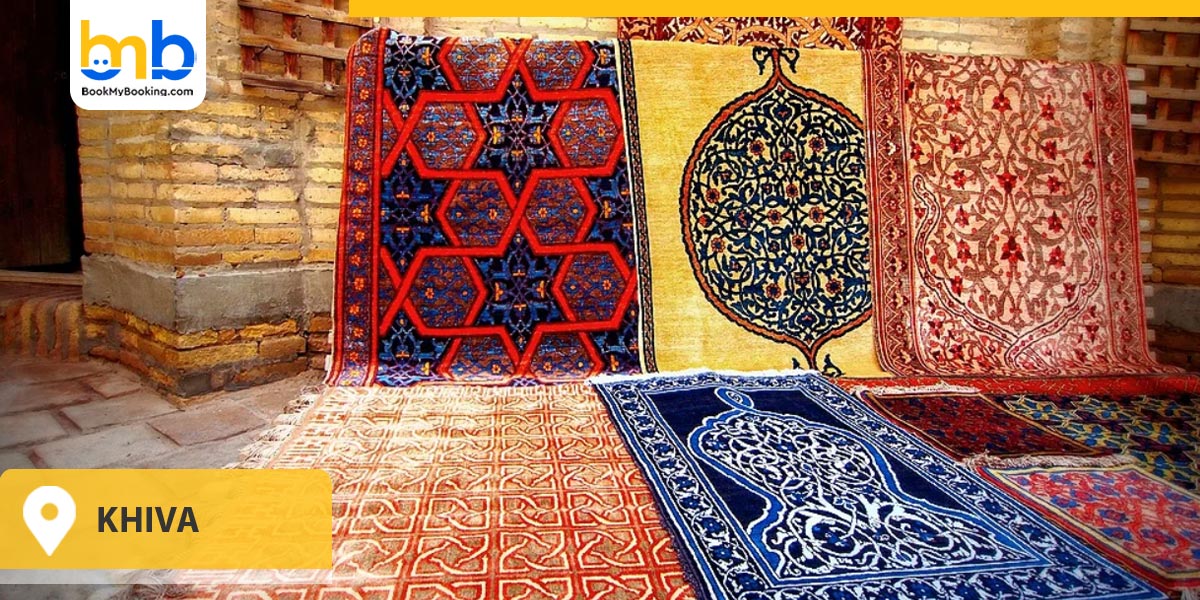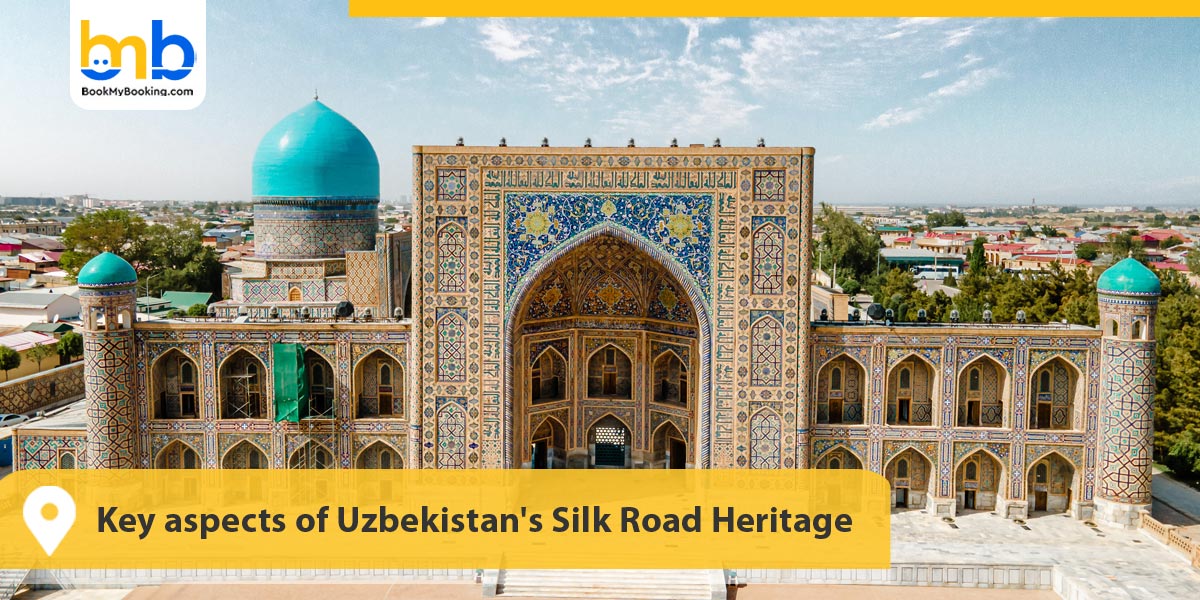Some of the best ashrams in India attract people from all over the world. Some search for spiritual enlightenment, while others seek a peaceful retreat away from the fast-paced modern world. Over the years, spiritual leaders like Swami Vivekananda and Maharishi Mahesh Yogi have shared profound inner space and self-discovery teachings, making India a global centre for spirituality and enhancing spiritual tourism in India.
Ashrams are unique places to relax, meditate, and reflect. The quiet atmosphere helps visitors connect with their internal self and promotes mental and spiritual development. Away from the chaos of the city's life, these yoga retreats in India provide the right environment to find clarity, rejuvenation, and happiness.
Ashram is popularly known as the yoga capital because of the many yoga classes here. Rishikesh is the right place for everyone searching for spiritual comfort and meditation centres in India. A shelter for ancient yoga and retreat attracts many tourists and yoga-enthusiastic people worldwide: these ashramyoga and meditation classes, housing, morning prayer, and daily food facilities. Amid the Himalayas, these Ashrams and yoga retreats in India aim to provide general knowledge of the yogic lifestyle and practice. Here we have provided a list of some of the best Ashrams in the city to plan a spiritual migration in this city.
Why Choose Spiritual Retreats in India?
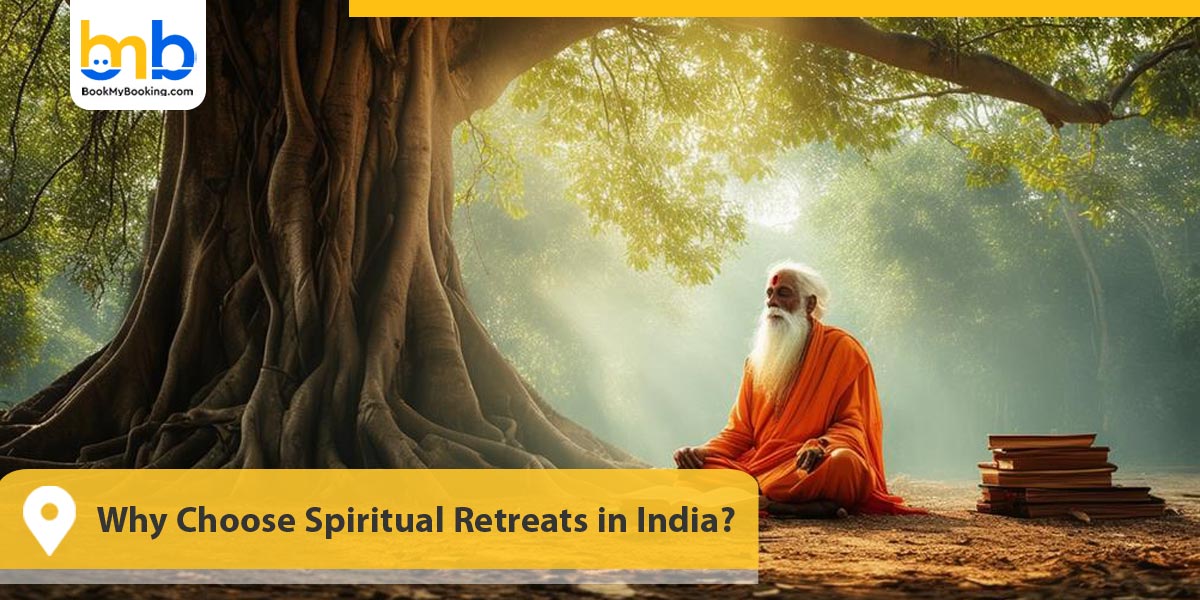
- Rooted in Ancient Wisdom
India is the birthplace of Yoga, meditation, Ayurveda, and countless spiritual practices passed down through the centuries. It has some famous spiritual places in India.
- Authentic Teachings by Renowned Gurus
The best spiritual retreats in India are guided by highly experienced teachers, monks, and yogis who carry forward age-old traditions.
- Diverse Natural Landscapes
India offers the perfect environment for deep internal work and reflection.
- Empowerment and Access
Spiritual residues and meditation centres in India are cheaper than in Western countries, providing low-cost transformation experiences.
- Rich Cultural and Spiritual Atmosphere
You are not just visiting for a yoga and meditation retreat; you are stepping into a land where spirituality is infused into daily life.
- Wide selection of retreat
Whether you seek silence or detox, meet the best spiritual tourism refuge in India.
- Self-Motivated Opportunities
India's spiritual energy and lively traditions provide the perfect background for disconnecting from noise and connecting with someone's true self.
Types of Spiritual Retreats in India
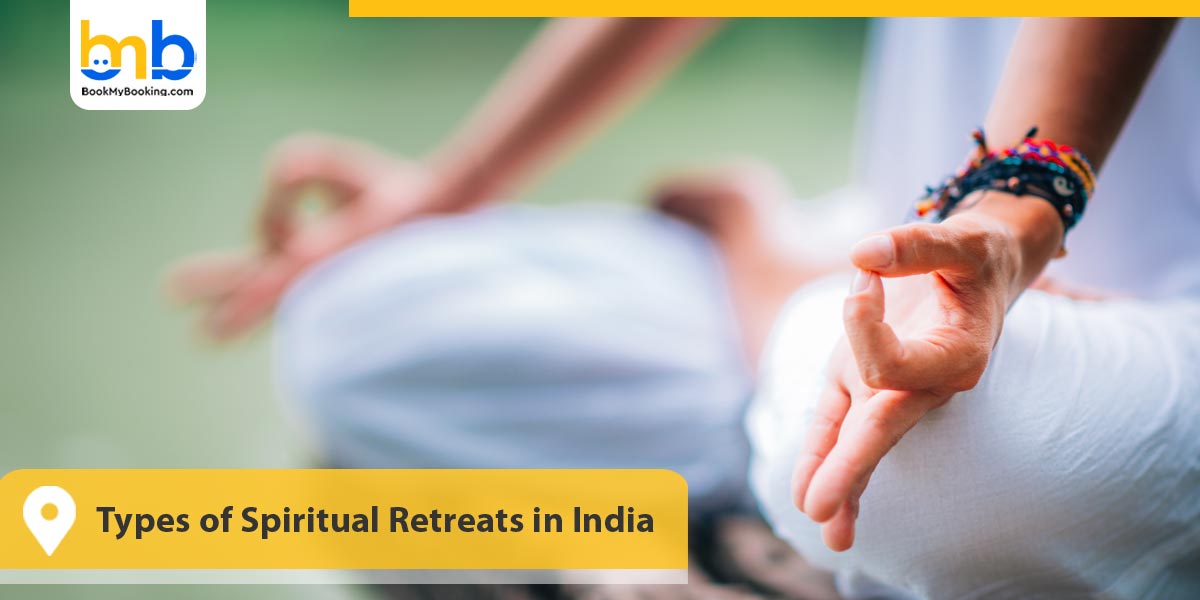
India offers diverse spiritual experiences to suit every seeker's needs. Below are the most popular types of spiritual yoga retreats in India:
- Yoga Retreats
Focused on physical postures, breathing techniques, and yogic philosophy, these yoga retreats in India help improve the body-mind connection. They are held in Rishikesh, Goa, and Kerala, and range from beginner to advanced levels.
- Meditation Retreats
Curated from deep inner stillness and mindfulness, the meditation centres in India offer guided and silent meditation sessions combined with teachings on awareness, compassion and concentration. Vipassana is one of the most well-known meditation styles in India.
- Ayurveda and Detox Retreats
The Ayurveda retreats in India focus on cleansing and healing the body using ancient Ayurvedic treatments, herbal therapies, oil massages and sattvic diets. Ideal for rejuvenation and restoring balance via Ayurveda retreats in India.
- Silent Retreats/ Vipassana
Perfect for those seeking inner silence, these retreats require you to observe Noble Silence for several days, disconnecting from speech, phones, and reading. They are highly transformative and introspective.
- Ashram Stays
Live like a local spiritual seeker. Yoga retreats in India involve a structured lifestyle with Yoga, seva, meditation, and spiritual discourse. They are great for those who want an authentic Indian spiritual experience.
- Luxury Spiritual Resorts
For those who seek transformation without sacrificing comfort, spiritual tourism in India blends wellness, Yoga, Ayurveda, and spiritual coaching in 4 to 5-star accommodations surrounded by nature.
10 Ashrams in Rishikesh Best for Yoga and Meditation
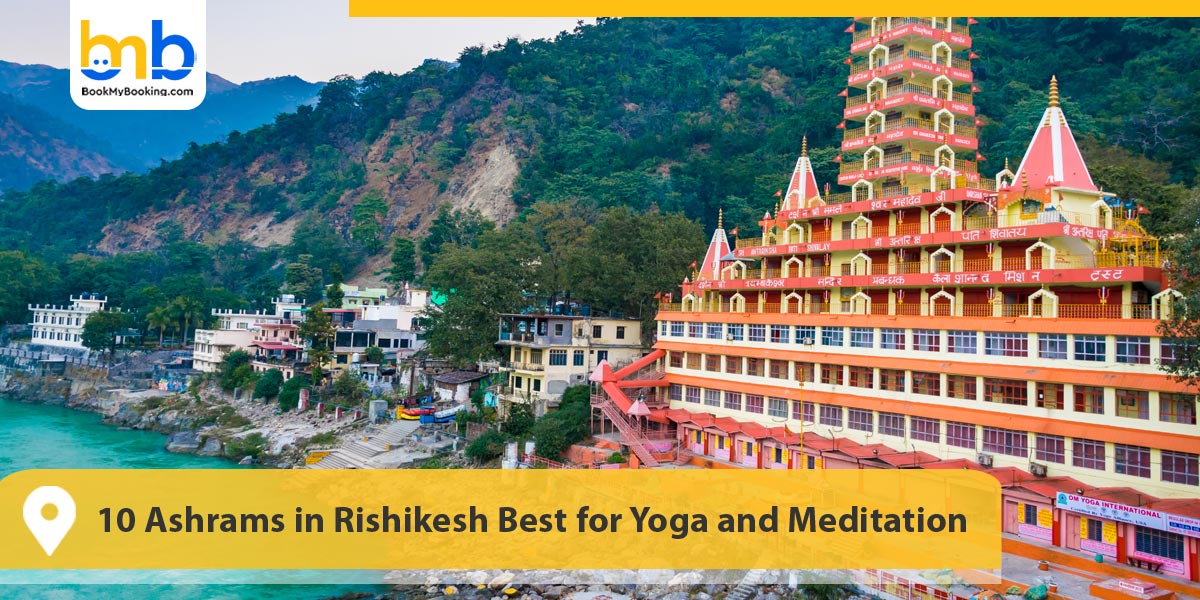
For attending the Satsang and kirtans at Parmarth Niketan and yoga classes in Yoga Niketan, these ashrams in Rishikesh will provide you with a rejuvenated experience. Still, they will also help to promote spiritual tourism in India. Read to know more.
Parmarth Niketan Ashram
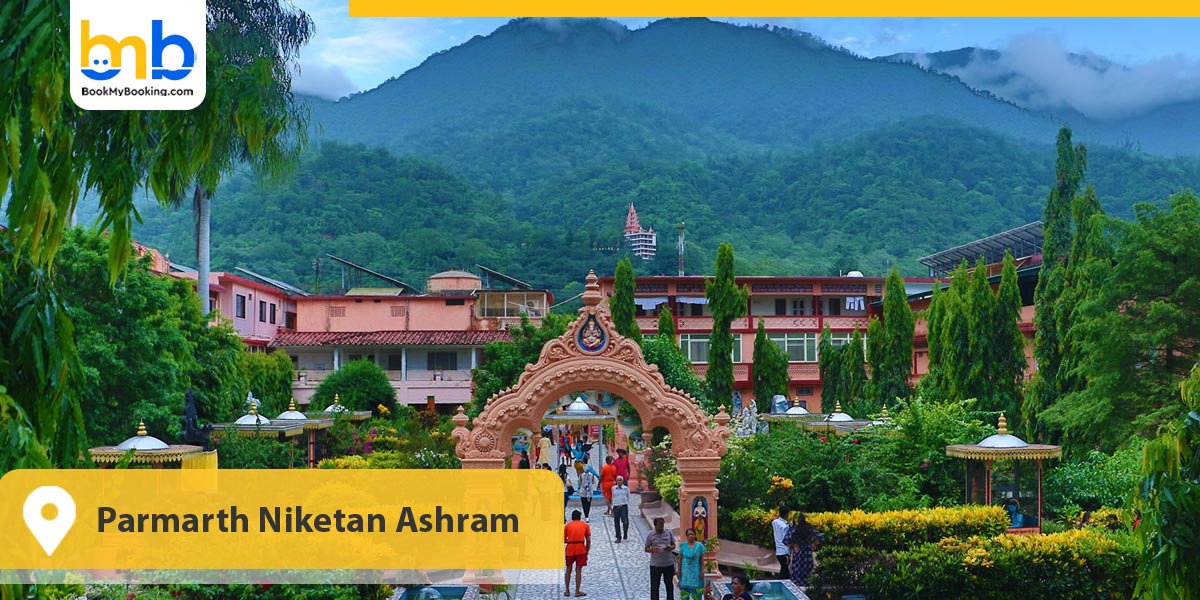
One of the oldest and most prominent in the city, Parmarth Niketan, is the first on our list of top ashrams in Rishikesh for meditation. A spiritual abode that includes activities such as morning prayers, Yoga, and meditation centres in India. The Ashram is one of the top yoga retreats in the country. Located on the banks of the holy river Ganga, it offers 1000 rooms, daily yoga classes, and three meals. It provides all the activities such as Satsang, kirtan and lecture programs that help detox your body and soul. The best Ashram in India offers teacher courses and classes on Vedic heritage and Yoga, along with all these facilities.
- Location- Near Main Market Road, Ram Jhula Swarg Ashram, Rishikesh
- Timings- 9 am to 8 pm
Highlights of Parmarth Niketan Ashram
- Daily Yoga and Meditation—The Ashram conducts daily yoga, pranayama, and meditation sessions, attracting practitioners worldwide to promote wellness tourism in India.
- Ganga Arti—One of its most mesmerising experiences is the evening Ganga Arti, a sacred prayer ceremony on the riverbank that fills the air with divine chants and a sense of peace.
- Spiritual Discourses and Satsanga—Visitors can participate in Satsang and experience the enlightening discourses of revered saints and teachers, promoting spiritual tourism in India.
- Yoga Festival by the Ashram- The Ashram hosts the globally renowned International Yoga Festival every year, bringing together yoga lovers, teachers, and spiritual seekers.
- Service to all—In India, engaging in charitable activities, environmental initiatives, and community service is encouraged as part of spiritual tourism.
Sivananda Ashram
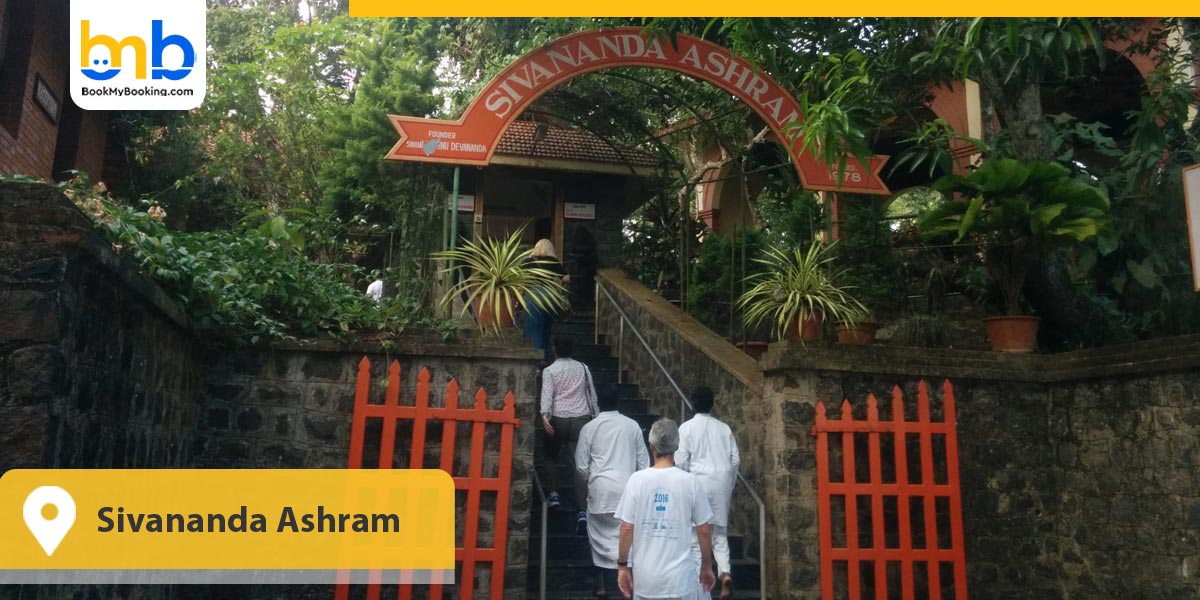
The second one on our list is one of the best free ashrams in Rishikesh. Founded by Swami Sivananda and currently run by Divine Life Society, Sivananda Ashram is one of the top yoga centres in India and arguably one of the best ashrams in India. This Ashram offers free yoga and meditation classes, accommodation, and food for serious spiritual aspirants. The ashrams roll out its classes thrice a year, primarily focusing on five aspects of Yoga: postures, breathing, relaxation, meditation, and diet. The duration of each course is two months. Situated near the Ram Jhula, this Ashram is perfect for anyone seeking solace, rejuvenation and yoga retreats in India.
- Location- Near Ram Jhula, Ganga Vatika, Rishikesh, Uttarakhand 249137
- Timings- 9:30 am to 11am
Highlights of Sivananda Ashram
- Yoga & Meditation—The Ashram follows Swami Sivananda's teachings, promoting Hatha Yoga, Karma Yoga, Bhakti Yoga, Jnana Yoga, and Raja Yoga. Free yoga classes and meditation centres in India are offered to beginners and advanced practitioners.
- Spiritual Discourses and Satsanga- Daily prayers, Vedic chanting and satsangs are conducted to help individuals deepen their spiritual journey.
- Scriptural Study and Vedanta Teachings—The Ashram offers classes on the Bhagavad Gita, Upanishads, and other sacred texts, as well as guidance on spiritual philosophy, self-inquiry, and yoga retreats in India.
- Seva and Selfless Service—Travellers are encouraged to engage in karma yoga by assisting in one of the best Ashrams in India, including helping in the library, kitchen, and charitable initiatives.
- Free Stay and Meals for Spiritual Seekers- The Ashram provides free accommodation and food to serious spiritual aspirants, fostering a simple and disciplined lifestyle.
Yoga Niketan

One of the oldest and best ashrams in Rishikesh, India, Yoga Niketan, is situated by the side of the holy river Ganga in the Muni Ki Reti area of the city. It was founded by Swami Yogeshwaranand Paramahansa in 1964 to spread awareness about spiritual awakening. The ashram teaching focuses on the eightfold path per Patanjali's Yoga retreats in India, wherein students must abide by the strict schedule of daily yoga meditation and lectures. The Ashram has 100 rooms; charges start from Rs 500 for Indians and Rs 900 for foreigners. Children below 12 years of age are not allowed on the premises.
- Location- Muni Ki Reti Ramjhula PO Shivanand Nagar Near Ganga Vatika Flats Rishikesh Uttrakhand 249192.
- Timings- NA
Highlights of Yoga Niketan
Founded in 1964 by Swami Yogeshwaranand Paramahans, a renowned master of Raja Yoga, it has deep roots in ancient yogic traditions and scriptures, especially Patanjali's yoga retreats in India.
Focuses on Raja Yoga, the "royal path" of meditation and discipline. Daily classes and practices include asanas (postures), pranayama (breath control), meditation, and scripture study.
- Serene Location by the Ganges
It is situated on a hill above the sacred Ganga River in Rishikesh. It offers tranquil surroundings with stunning views, ideal for spiritual tourism and inner peace in India.
- Structured Daily Schedule
A disciplined lifestyle that includes
Morning meditation
Yoga asana sessions
Satsangs (spiritual discourses)
Karma yoga (selfless service)
Evening Ganga Aarti and meditation
It promotes simple living, vegetarian food, and silence for inner reflection. There is no entertainment, smoking, or alcohol, creating focused spiritual retreats in India.
Welcomes spiritual seekers from around the world. All teachings are in English, making it accessible to global visitors.
Phool Chatti Ashram

The Land of Flowers, Phool Chatti Ashram, is another one on our list of the best ashrams in India to stay at in Rishikesh. Founded in the late 1800s, Phool Chatti Ashram is a haven for anyone seeking solace and rejuvenation. This Ashram focuses on the comprehensive aspects of yogic paths and ashram life, not just the asanas. It is famous for its seven-day yoga programmes wherein students get cleansing, chanting, Mauna, kirtan and pooja, encouraging wellness tourism in India. The Ashram offers all the basic facilities, ensuring a comfortable stay for its guests while seeking peace.
- Location- Neelkanth Temple Road, Paliyal, Gao, Rishikesh, Uttarakhand 249302
- Timings- 9 am to 5 pm
Highlights of Phool Chatti Ashram
- Traditional Yoga & Meditation Programs
It offers immersive seven-day yoga and meditation centres in India focusing on Hatha yoga, pranayama, mantra chanting, and yogic philosophy.
- Scenic Location by the Ganges
Nestled near Rishikesh, the Ashram is surrounded by forests and located on the banks of the sacred Ganga River—perfect for spiritual reflection.
- Authentic Ashram Lifestyle
It promotes holistic wellness tourism in India by emphasising a disciplined daily routine, including seva (selfless service), silent walks, and satsangs.
- Beginner-Friendly Environment
Welcomes newcomers to Yoga with structured guidance, supportive instructors, and a non-intimidating atmosphere.
Participants engage in rituals like Ganga Aarti, learn about Indian culture, and eat freshly prepared vegetarian meals in a communal setting.
Patanjali International Yoga Foundation

One of the best ashrams in India to stay in Rishikesh with family is the Patanjali International Yoga Foundation, famous for its international yoga course. This Ashram offers 2-week yoga and meditation courses and morning and evening Ganga aarti, ensuring a divine and spiritual stay for its guests. This Ashram also provides a course in Yoga Therapy and Ayurveda retreats in India, along with numerous other classes, workshops, and seminars. It focuses on imparting authentic yoga and meditation practices that are helpful for both physical and spiritual health.
- Location- Badrinath Road, Tapovan Luxumanjhulla, Rishikesh, Uttarakhand 249192.
- Timings- 6 am to 10 pm
Highlights of Patanjali International Yoga Foundation
Established in 2001, PIYF is one of the best ashrams in India. It is dedicated to preserving the ancient teachings of Yoga outlined by Sage Patanjali. The foundation emphasises traditional practice based on classic texts such as the Yoga Sutra and Hatha Yoga Pradipika, which ensures a deep and authentic learning experience.
- An extensive teacher education program
PIYF offers internationally recognised yoga retreats in India and coalition-certified courses, including 100-hour, 200-hour, 300-hour, and 500-hour programs. Courses cover many subjects, such as pranayama, meditation, yoga philosophy, anatomy, and teaching function.
- Integration of Ayurveda and Yoga Therapy
The foundation incorporates Ayurveda into its wellness tourism programs in India, offering personalised consultations and therapies like Panchakarma. This holistic approach aims to cleanse the body of toxins and restore balance, enhancing overall well-being.
- Serene Location by the Ganges
Situated on the banks of the holy Ganga River in Rishikesh, PIYF provides a peaceful environment conducive to spiritual tourism in India. The Ashram offers comfortable homes, associated bathrooms, and warm water so students can fully engage in their practice.
- Community Outreach and Global Impact
Beyond its educational programs, PIYF is committed to sharing the benefits of Yoga and Ayurveda wellness tourism in India with the broader community. The foundation promotes holistic health practices locally and globally through free yoga classes and health camps.
Ananda Prakash Ashram
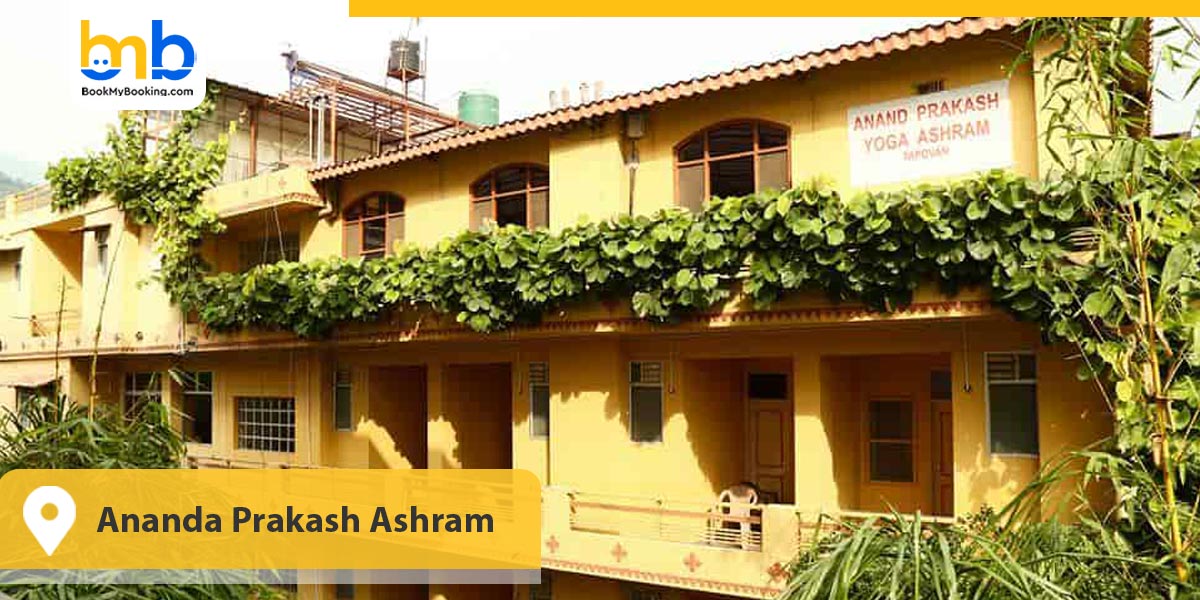
Ananda Prakash Ashram is one of the famous ashrams in Rishikesh. Founded in 2007, this Ashram focuses on the Akhand Yoga retreats in India, an unsectarian teaching from multiple sources. It impacts knowledge on balanced sequencing between various aspects such as asanas, pranayama, relaxation, mantra and meditation, and discussions and learnings on yogic lifestyle and philosophy. Located in the Tapovan area, this Ashram is known for its 200-hour and 500-hour Yoga Teacher Training programs and classes on Ayurvedic cooking. Best ashrams in India, Ananda Prakash Ashram is a perfect concoction of modern facilities and comfort, providing a commodious environment for spiritual seekers.
- Location- Tapovan Shivananda Nagar, Badrinath Road, Rishikesh, Uttarakhand 249192
- Timings- 7:30 am to 7:00 pm
Highlights of Ananda Prakesh Ashram
● Authentic Yoga Practice
It was founded by Yogrishi Vishvketu (Acharya Vishva), a master of the Himalayan Yoga tradition. It offers Akhanda Yoga retreats in India, a holistic and integrative style that blends asana, pranayama, mantra, meditation, and philosophy.
- Scenic and Peaceful Location
Nestled in Tapovan, Rishikesh, surrounded by the Himalayas and near the Ganges River. It is the ideal setting for deep spiritual practice and inner reflection.
- Comprehensive Teacher Training
Renowned for its 200-hour and 300-hour Yoga Teacher Training (YTT) courses. Registered with Yoga Alliance and recognised globally for high teaching standards and meditation centres in India.
- Comfortable Accommodation & Nourishing Meals
Clean, serene rooms designed for comfort and simplicity.
Offers sattvic vegetarian meals, supporting physical and mental clarity.
Structured daily routine, including yoga classes, meditation, kirtan, and satsang. Encourages discipline, mindfulness, and self-awareness.
Welcomes seekers worldwide, creating a vibrant and supportive spiritual tourism in India—a great place for personal growth, healing, and cultural exchange.
It hosts regular yoga retreats in India, workshops, and events for deeper exploration and also provides online programs for global accessibility.
Rishikesh Yogpeeth
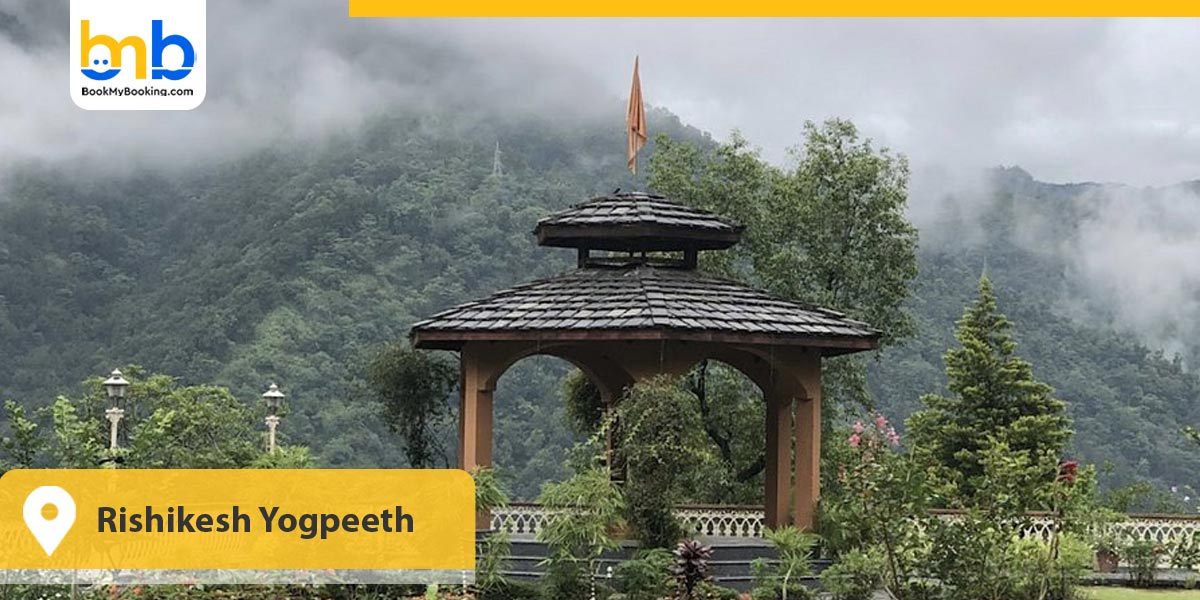
Popular for its extended 200-hour, 300-hour, and 500-hour Yoga Teacher Training Courses, Rishikesh Yogapeeth is one of the best ashrams in Rishikesh for meditation. Established in 2005 by a group of locals to promote Yoga, this Ashram focuses on spreading awareness about holistic living using yoga retreats in India. Imparting ancient yoga practices with modern methods, it is one of the best ashrams for practising the discipline of body and mind. The Ashram provides 18 well-appointed cottages with daily yoga and meditation centres in India.
- Location- Abhayaranya Yoga Ashram, Neelkanth Temple Road, near Patna Waterfall, Rishikesh, Uttarakhand 249302
- Timings- 9 am to 2 pm and 4 pm to 8 pm
Highlights of Rishikesh Yogpeeth
- Comprehensive Yoga Teacher Training Programs
Rishikesh Yogpeeth offers 200-hour, 300-hour, and 500-hour Yoga Teacher Training (YTT) courses. These programs are registered with Yoga Alliance and provide students with international teaching credentials, promoting spiritual tourism in India.
Located at Abhayaranya Yoga Ashram in the tranquil hills of Rishikesh, the environment supports focused study, self-discovery, and deep spiritual practice.
The training covers many topics, including Hatha Yoga, Pranayama, Meditation, Yoga Philosophy, Human Anatomy, Ayurveda, and Teaching Methodology, ensuring a well-rounded education.
- International Recognition
Upon completion, students receive Yoga Alliance certification, which enables them to teach Yoga professionally worldwide and promote spiritual tourism in India.
- Comfortable Accommodation & Nutritious Meals
Students stay in clean and peaceful accommodations and eat nourishing vegetarian meals aligned with yogic dietary principles.
- Diverse and Supportive Community
Attracts students from across the globe, creating an inclusive, culturally rich learning experience and a strong sense of community.
Beyond teacher training, Rishikesh Yogpeeth also hosts yoga retreats in India with yoga workshops for continued learning and spiritual growth.
Himalayan Yog Ashram
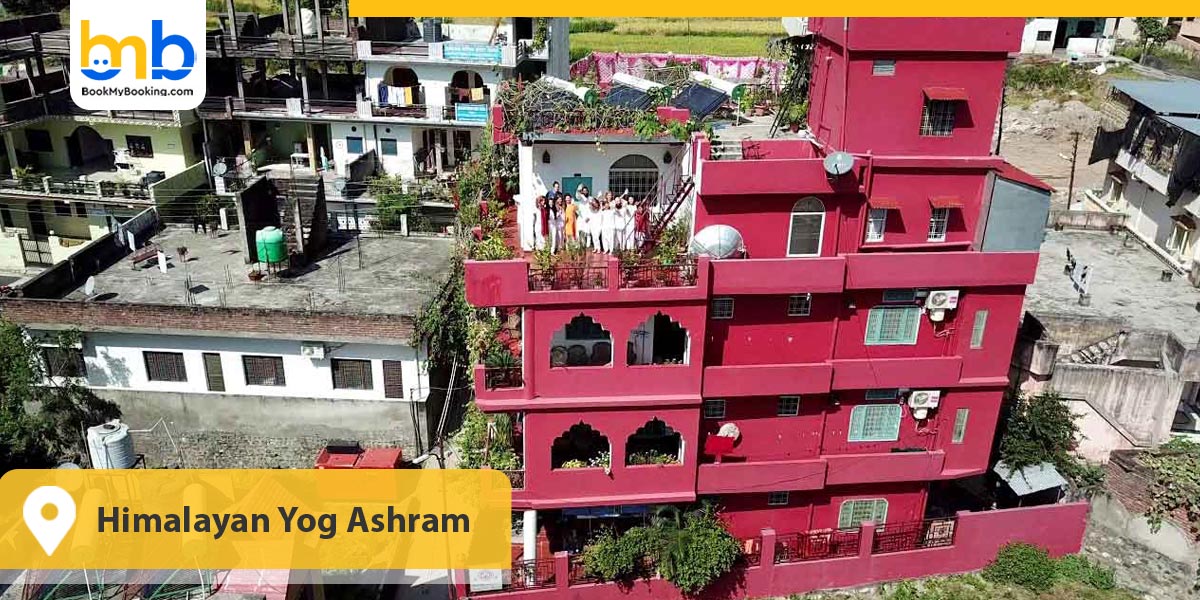
A major centre for India's traditional Himalayan Yoga Training, the Himalayan Yoga Ashram in Rishikesh offers an ambience for physical and mental well-being. Set amid the peace of the surroundings, this Ashram is the perfect place for anyone seeking spiritual balance and solace. The programmes this Ashram provides focus on a holistic approach to Yoga retreats in India, focusing on aspects like postures, breathing, meditation, spiritual teachings, and wholesome organic Ayurvedic food.
- Location- 256 Tapovan Rishikesh Uttrakhand 249192
- Timings- 8 am to 6 pm
Highlights of the Himalayan Yoga Tradition
- Authentic Himalayan Yoga Tradition
Founded by Yogi Ram, the best Ashrams in India offer teachings rooted in classical Himalayan yoga, emphasising a holistic approach to physical, mental, and spiritual well-being.
- Comprehensive Yoga Teacher Training
Provides 200-hour and 300-hour Yoga Teacher Training programs, registered with Yoga Alliance, catering to aspiring teachers and dedicated practitioners.
Ayurvedic retreats in India and detoxification are special retreats that focus on stress relief and general rejuvenation and integrate yoga practice with traditional treatment methods.
Located in the quiet region of Tapovan, the Ashram provides a peaceful environment that is beneficial for deep spiritual practice, away from the distractions of city life in meditation centres in India.
- Comfortable Accommodations
It features clean and comfortable rooms with private balconies that offer views of the surrounding Himalayan landscape, ensuring a restful stay for guests.
- Nutritious Vegetarian Meals
Serves wholesome vegetarian meals prepared with fresh ingredients, aligning with yogic dietary principles to support health and vitality, promoting wellness tourism in India.
Maintain a disciplined daily routine, including yoga classes and attention sessions, and promote a balanced lifestyle.
Swami Dayanand Ashram
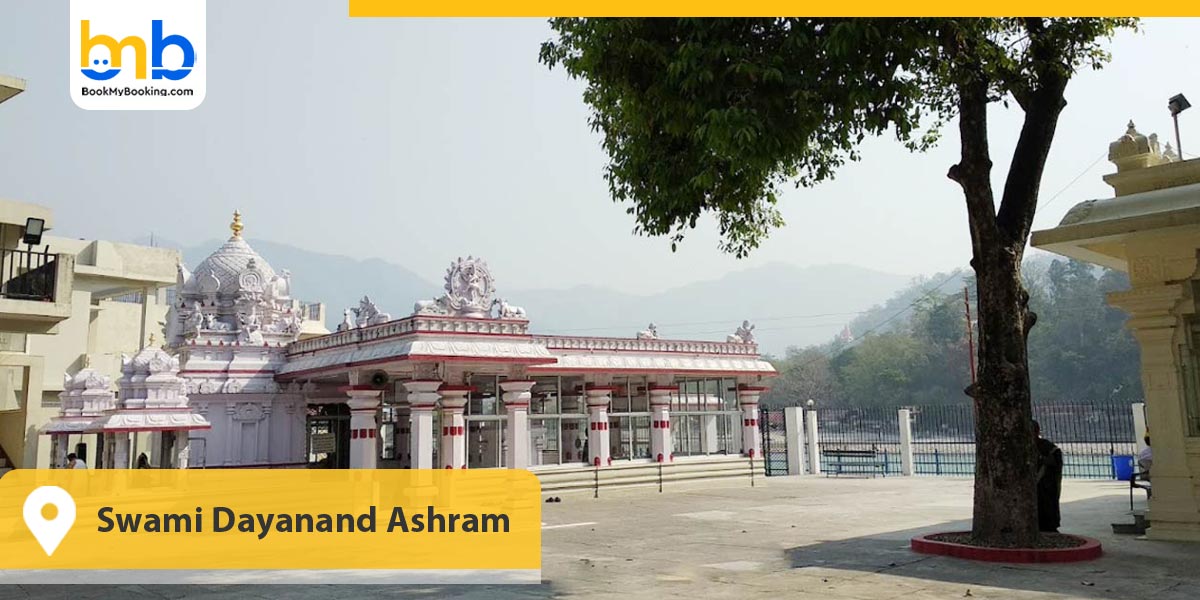
Swami Dayananand Ashram is one of the best Ashrams in Rishikesh, India. This ashram was created by Swami Dayanand Saraswati in the 1960s and is known for providing Vedanta and Sanskrit knowledge. It conducts regular long-term and short-term courses and retreats for all yoga enthusiasts or anyone seeking knowledge of Vedanta or Sanskrit. The Ashram also houses a library with over 5000 titles on Vedanta, Sanskrit Grammar, Indian and Western philosophies, religion, meditation and Yoga retreats in India. With around 150 rooms, the Ashram provides a stay facility only for students enrolled in the course. It is one of the best places for anyone seeking spiritual solace, as this Ashram focuses all of its courses on the Bhagavad Gita and the ten principal Upanishads and Vedic chanting, promoting wellness tourism in India.
- Location- Dayananda Nagar Chandreshwar Nagar Rishikesh Uttarakhand 249137
- Timings- 7 am to 7 pm
Highlights of the Swami Dayananda Ashram
The Ashram continues to uphold his teachings and philosophy. It was founded by Swami Dayananda Saraswati, a globally respected teacher of Advaita Vedanta and a Sanskrit scholar.
- Vedanta and Sanskrit Education
The Ashram offers courses in Vedanta and Sanskrit, adhering to the traditional teaching methods (Sampradaya). Classes are conducted in English, making them accessible to international students in the best ashrams in India.
Spread over 2.5 acres, the Ashram features over 150 rooms with attached bathrooms, hot water, and round-the-clock electricity. It also houses an air-conditioned lecture hall accommodating 250 people, a yoga studio for Iyengar Yoga camps, and a library with over 5,000 titles on Vedanta, Sanskrit grammar, and related subjects.
The best Ashrams in India include a temple dedicated to Lord Shiva, Gandheshwar, facing the Ganga. Regular pooja ceremonies provide a space for spiritual reflection and worship.
Located in Muni Ki Reti, the Ashram is approximately 3 km from Rishikesh Railway Station and 21 km from Dehradun Airport. Its proximity to the primary Rishikesh market and Ram Jhula makes it easily accessible while maintaining a peaceful atmosphere, thus promoting spiritual tourism in India.
The Ashram fosters a diverse and inclusive community dedicated to pursuing knowledge and self-realisation by attracting students and spiritual seekers worldwide.
Osho Gangadham Ashram
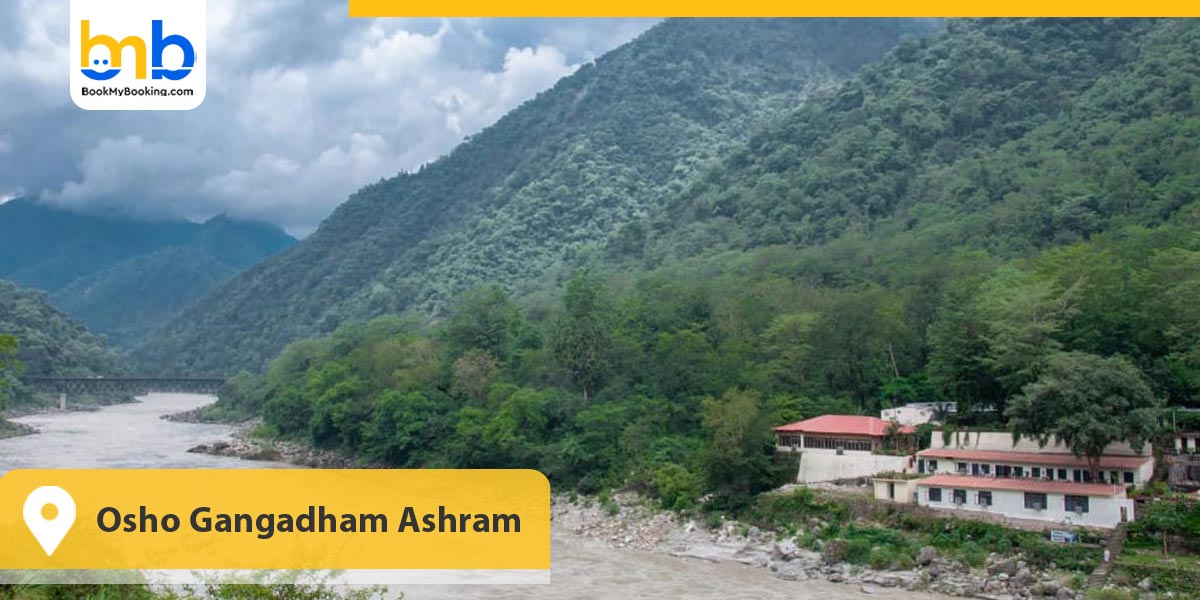
The last one on our list of best meditation ashrams in Rishikesh is Osho Gangadham Ashram, one of India's best ashrams. Situated on the banks of the river Ganga, a few kilometres from Lakshman Jhula. This Ashram offers dynamic dance or kundalini meditation and evening satsangs. Guests can choose from rooms like dormitories, single rooms, or shared rooms and can enjoy pure vegetarian food. It also organises regular camps and retreats for yoga in India. Osho Gangadham is known for teaching the finest form of Yoga and meditation, and is a perfect place for anyone looking for peace and spiritual balance.
- Location- Jaanaki Cottage Lease No 52, Badrinath Road, Brahmpuri Rishikesh, Uttarakhand 249201
- Timings- 6:30 am to 9 pm
Highlights of Osho Ganga Dham Ashram
Ashram Osho, one of the best ashrams in India, offers attention techniques, including dynamic, Kundalini, Nadbrahma, Gaurishankar, and mysterious rose meditation. This practice helps individuals discover their inner self and achieve mental clarity.
The Ashram is located on the banks and surrounded by the Shivalik Hills. It provides a peaceful environment that contributes to meditation and confidence. The location offers close relationships with nature, increasing spiritual tourism in India.
- Comfortable accommodation
The Ashram offers comfortable but basic accommodations, including single and double rooms. All meals are vegetarian, and the Ashram focuses on general wellness tourism in India.
- Accessibility
- Osho Ganga Dham Ashram is easily accessible:
- Approximately 6 km from Rishikesh Railway Station
- Around 8 km from Rishikesh Bus Stand
- About 25 km from Jolly Grant Airport, Dehradun
Final Takeaway
While these are some of our best picks for yoga and
meditation centres in India, various ashrams aim to offer spiritual bliss and rejuvenation. Make sure to visit any of these ashrams next time you plan a trip to Rishikesh for a spiritual and reviving getaway.
![IN]() Indian Rupee
Indian Rupee![GB]() Pound Sterling
Pound Sterling![AE]() UAE Dirham
UAE Dirham![US]() US Dollar
US Dollar![DZ]() Algerian Dinar
Algerian Dinar![AO]() Angolan Kwanza
Angolan Kwanza![AR]() Argentine Pesos
Argentine Pesos![AM]() Armenian Dram
Armenian Dram![AW]() Aruban Florin
Aruban Florin![AU]() Australian Dollar
Australian Dollar![AZ]() Azerbaijani Manat
Azerbaijani Manat![BH]() Bahraini Dinar
Bahraini Dinar![TH]() Baht
Baht![PA]() Balboa
Balboa![BD]() Bangladeshi Taka
Bangladeshi Taka![BY]() Belarusian Rubles
Belarusian Rubles![BZ]() Belize Dollars
Belize Dollars![BM]() Bermuda Dollars
Bermuda Dollars![BT]() Bhutanese ngultrum
Bhutanese ngultrum![VE]() Bolivares Fuertes
Bolivares Fuertes![BR]() Brazilian Reais
Brazilian Reais![BG]() Bulgarian Leva
Bulgarian Leva![BI]() Burundian Franc
Burundian Franc![KH]() Cambodian Riels
Cambodian Riels![CA]() Canadian Dollar
Canadian Dollar![GA]() Central African CFA franc
Central African CFA franc![CL]() Chilean Pesos
Chilean Pesos![CO]() Colombian Pesos
Colombian Pesos![CR]() Colón
Colón![CD]() Congolese Franc
Congolese Franc![CU]() Cuban Pesos
Cuban Pesos![DK]() Danish Krone
Danish Krone![MK]() Denars
Denars![DJ]() Djiboutian Franc
Djiboutian Franc![DO]() Dominican Pesos
Dominican Pesos![VN]() Dong
Dong![AG]() East Caribbean Dollars
East Caribbean Dollars![EG]() Egyptian Pounds
Egyptian Pounds![ET]() Ethiopian Birr
Ethiopian Birr![BE]() Euro
Euro![HU]() Forint
Forint![GE]() Georgian Lari
Georgian Lari![GH]() Ghanaian Cedi
Ghanaian Cedi![PY]() Guarani
Guarani![GN]() Guinean Franc
Guinean Franc![GY]() Guyanese Dollars
Guyanese Dollars![HK]() Hong Kong Dollars
Hong Kong Dollars![UA]() Hryvnia
Hryvnia![IS]() Icelandic Krona
Icelandic Krona![IN]() Indian Rupee
Indian Rupee![ID]() Indonesian Rupiahs
Indonesian Rupiahs![IR]() Iranian Rials
Iranian Rials![JO]() Jordanian Dinar
Jordanian Dinar![KE]() Kenyan Shilling
Kenyan Shilling![LA]() Kips
Kips![CZ]() Koruny
Koruny![NO]() Krone
Krone![HR]() Kuna
Kuna![LV]() Lati
Lati![LB]() Lebanese Pounds
Lebanese Pounds![LY]() Libyan Dinar
Libyan Dinar![TR]() Lira
Lira![LT]() Litai
Litai![MG]() Malagasy Ariary
Malagasy Ariary![MW]() Malawian Kwacha
Malawian Kwacha![MY]() Malaysian Ringgit
Malaysian Ringgit![MV]() Maldivian Rufiyaa
Maldivian Rufiyaa![MX]() Mexican Pesos
Mexican Pesos![MD]() Moldovan Leu
Moldovan Leu![MA]() Moroccan Dirham
Moroccan Dirham![MM]() Myanmar Kyat
Myanmar Kyat![NG]() Nairas
Nairas![NA]() Namibian Dollars
Namibian Dollars![NP]() Nepali Rupee
Nepali Rupee![TW]() New Dollars
New Dollars![RO]() New Lei
New Lei![IL]() New Shekels
New Shekels![NZ]() New Zealand Dollars
New Zealand Dollars![PE]() Nuevos Soles
Nuevos Soles![OM]() Omani Rial
Omani Rial![PK]() Pakistani Rupees
Pakistani Rupees![PG]() Papua New Guinean Kina
Papua New Guinean Kina![PH]() Philippine peso
Philippine peso![GB]() Pound Sterling
Pound Sterling![BW]() Pula
Pula![QA]() Qatari Rials
Qatari Rials![GT]() Quetzales
Quetzales![ZA]() Rand
Rand![RU]() Russian Rubles
Russian Rubles![RW]() Rwandan Franc
Rwandan Franc![SA]() Saudi Riyals
Saudi Riyals![SG]() Singapore Dollars
Singapore Dollars![KG]() Soms
Soms![KR]() South Korean Won
South Korean Won![SH]() St. Helena Pounds
St. Helena Pounds![SD]() Sudanese pound
Sudanese pound![UZ]() Sums
Sums![SE]() Swedish Krona
Swedish Krona![LI]() Switzerland Francs
Switzerland Francs![SY]() Syrian Pounds
Syrian Pounds![TJ]() Tajikistani Somoni
Tajikistani Somoni![TZ]() Tanzanian Shilling
Tanzanian Shilling![KZ]() Tenge
Tenge![MN]() Tugriks
Tugriks![TN]() Tunisian Dinar
Tunisian Dinar![AE]() UAE Dirham
UAE Dirham![UG]() Ugandan Shilling
Ugandan Shilling![UY]() Uruguayo Pesos
Uruguayo Pesos![US]() US Dollar
US Dollar![BJ]() West African CFA franc
West African CFA franc![YE]() Yemeni Rials
Yemeni Rials![JP]() Yen
Yen![ZM]() Zambian Kwacha
Zambian Kwacha![PL]() Zlotych
Zlotych Indian Rupee
Indian Rupee Pound Sterling
Pound Sterling UAE Dirham
UAE Dirham US Dollar
US Dollar Algerian Dinar
Algerian Dinar Angolan Kwanza
Angolan Kwanza Argentine Pesos
Argentine Pesos Armenian Dram
Armenian Dram Aruban Florin
Aruban Florin Australian Dollar
Australian Dollar Azerbaijani Manat
Azerbaijani Manat Bahraini Dinar
Bahraini Dinar Baht
Baht Balboa
Balboa Bangladeshi Taka
Bangladeshi Taka Belarusian Rubles
Belarusian Rubles Belize Dollars
Belize Dollars Bermuda Dollars
Bermuda Dollars Bhutanese ngultrum
Bhutanese ngultrum Bolivares Fuertes
Bolivares Fuertes Brazilian Reais
Brazilian Reais Bulgarian Leva
Bulgarian Leva Burundian Franc
Burundian Franc Cambodian Riels
Cambodian Riels Canadian Dollar
Canadian Dollar Central African CFA franc
Central African CFA franc Chilean Pesos
Chilean Pesos Colombian Pesos
Colombian Pesos Colón
Colón Congolese Franc
Congolese Franc Cuban Pesos
Cuban Pesos Danish Krone
Danish Krone Denars
Denars Djiboutian Franc
Djiboutian Franc Dominican Pesos
Dominican Pesos Dong
Dong East Caribbean Dollars
East Caribbean Dollars Egyptian Pounds
Egyptian Pounds Ethiopian Birr
Ethiopian Birr Euro
Euro Forint
Forint Georgian Lari
Georgian Lari Ghanaian Cedi
Ghanaian Cedi Guarani
Guarani Guinean Franc
Guinean Franc Guyanese Dollars
Guyanese Dollars Hong Kong Dollars
Hong Kong Dollars Hryvnia
Hryvnia Icelandic Krona
Icelandic Krona Indonesian Rupiahs
Indonesian Rupiahs Iranian Rials
Iranian Rials Jordanian Dinar
Jordanian Dinar Kenyan Shilling
Kenyan Shilling Kips
Kips Koruny
Koruny Krone
Krone Kuna
Kuna Lati
Lati Lebanese Pounds
Lebanese Pounds Libyan Dinar
Libyan Dinar Lira
Lira Litai
Litai Malagasy Ariary
Malagasy Ariary Malawian Kwacha
Malawian Kwacha Malaysian Ringgit
Malaysian Ringgit Maldivian Rufiyaa
Maldivian Rufiyaa Mexican Pesos
Mexican Pesos Moldovan Leu
Moldovan Leu Moroccan Dirham
Moroccan Dirham Myanmar Kyat
Myanmar Kyat Nairas
Nairas Namibian Dollars
Namibian Dollars Nepali Rupee
Nepali Rupee New Dollars
New Dollars New Lei
New Lei New Shekels
New Shekels New Zealand Dollars
New Zealand Dollars Nuevos Soles
Nuevos Soles Omani Rial
Omani Rial Pakistani Rupees
Pakistani Rupees Papua New Guinean Kina
Papua New Guinean Kina Philippine peso
Philippine peso Pula
Pula Qatari Rials
Qatari Rials Quetzales
Quetzales Rand
Rand Russian Rubles
Russian Rubles Rwandan Franc
Rwandan Franc Saudi Riyals
Saudi Riyals Singapore Dollars
Singapore Dollars Soms
Soms South Korean Won
South Korean Won St. Helena Pounds
St. Helena Pounds Sudanese pound
Sudanese pound Sums
Sums Swedish Krona
Swedish Krona Switzerland Francs
Switzerland Francs Syrian Pounds
Syrian Pounds Tajikistani Somoni
Tajikistani Somoni Tanzanian Shilling
Tanzanian Shilling Tenge
Tenge Tugriks
Tugriks Tunisian Dinar
Tunisian Dinar Ugandan Shilling
Ugandan Shilling Uruguayo Pesos
Uruguayo Pesos West African CFA franc
West African CFA franc Yemeni Rials
Yemeni Rials Yen
Yen Zambian Kwacha
Zambian Kwacha Zlotych
Zlotych


